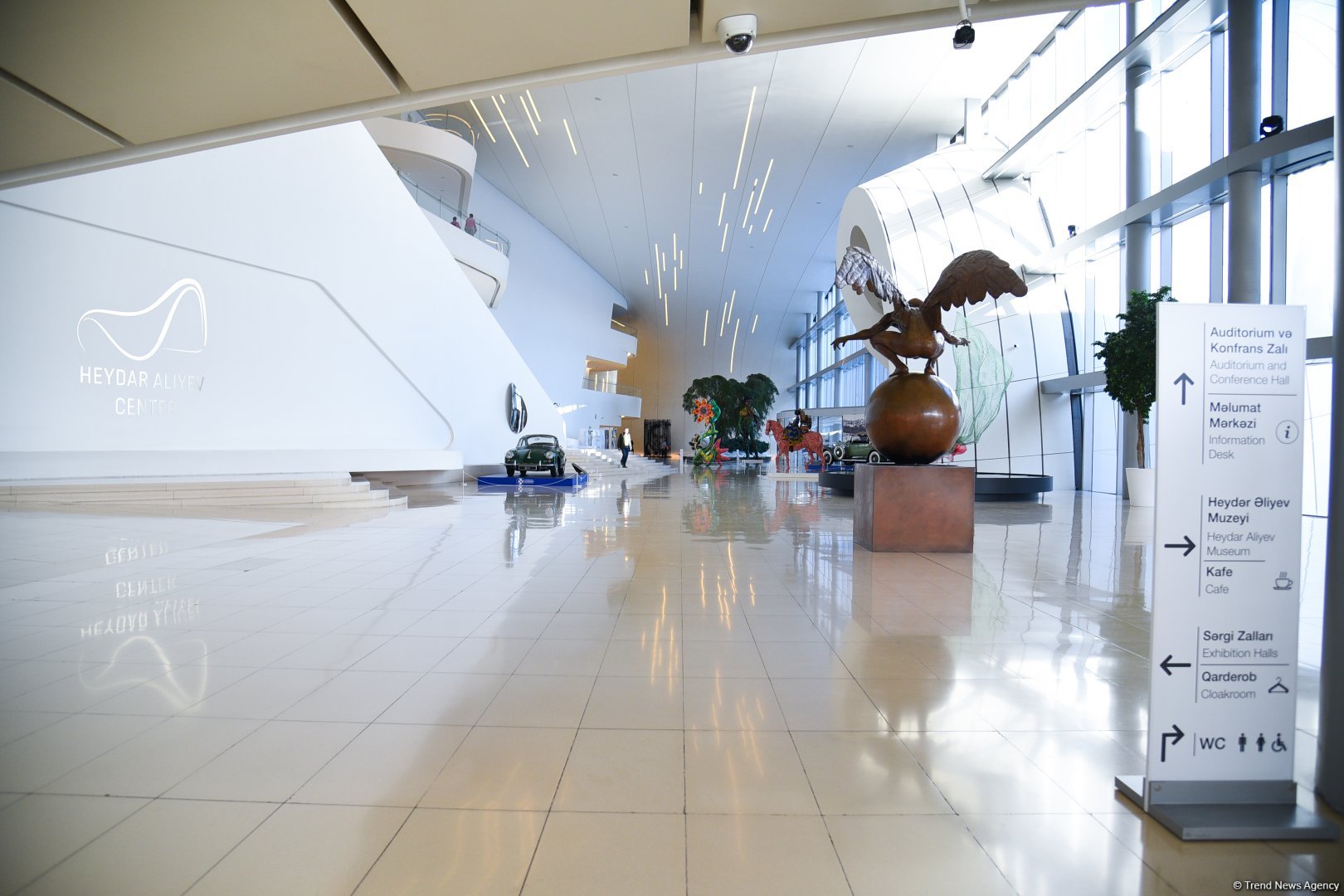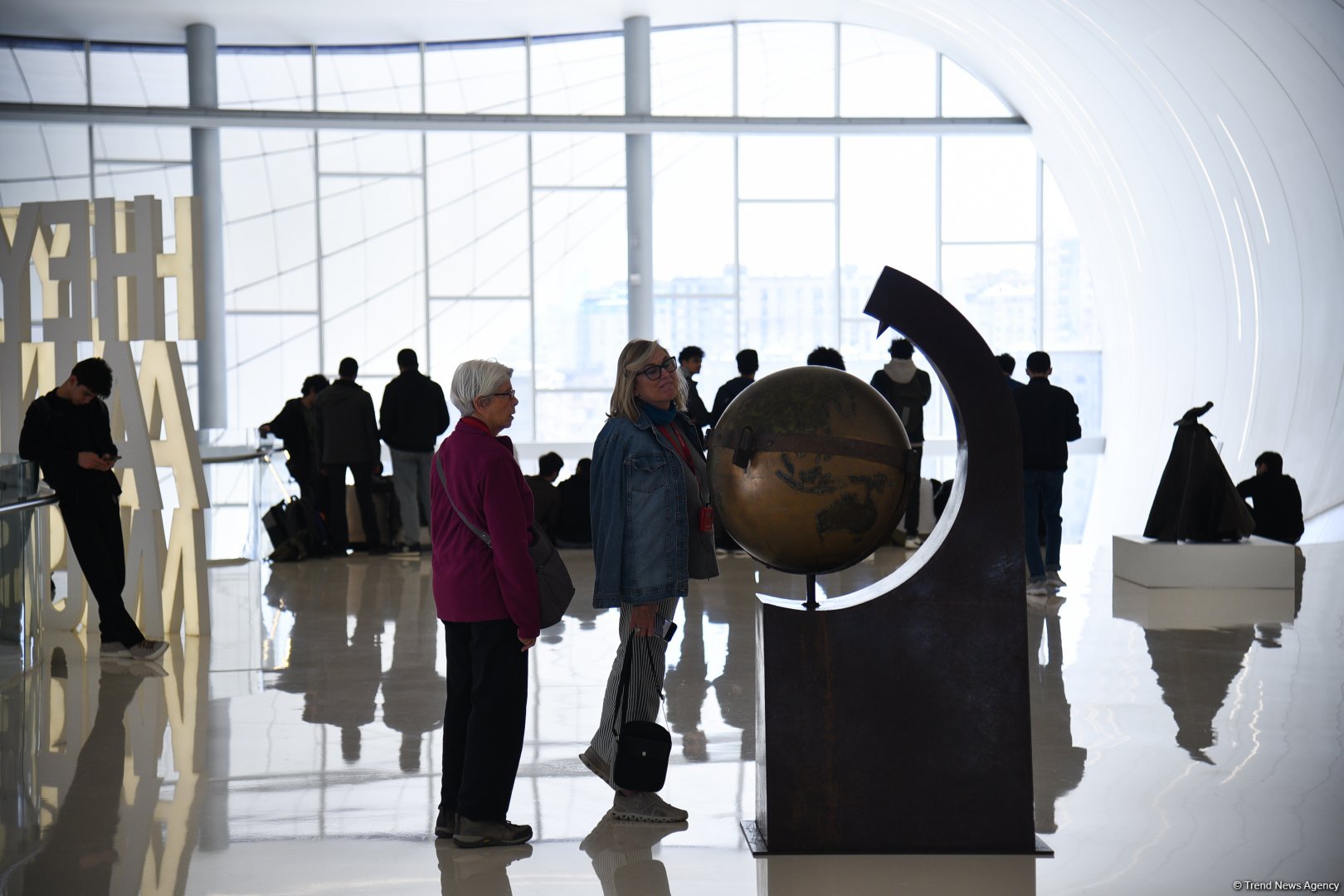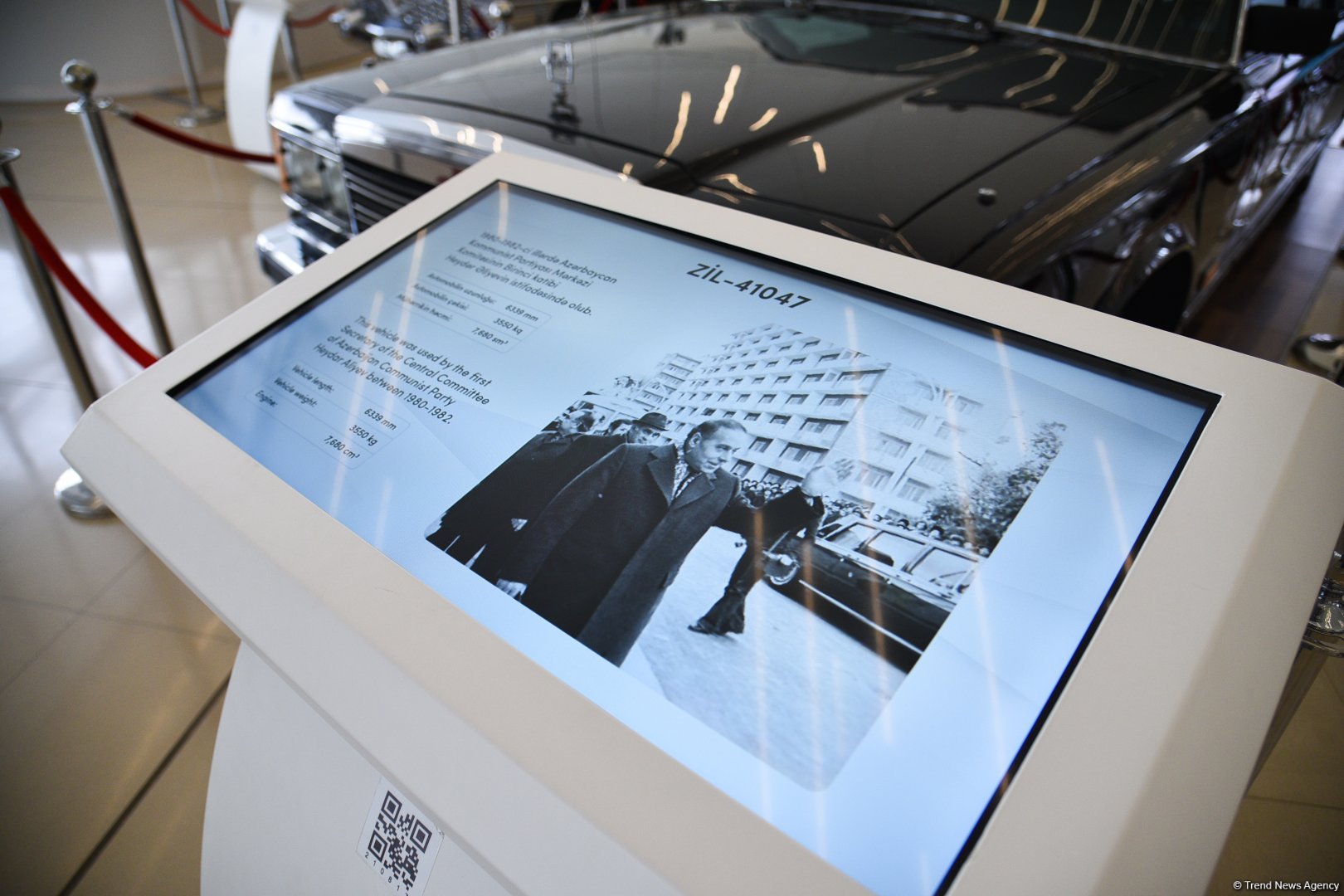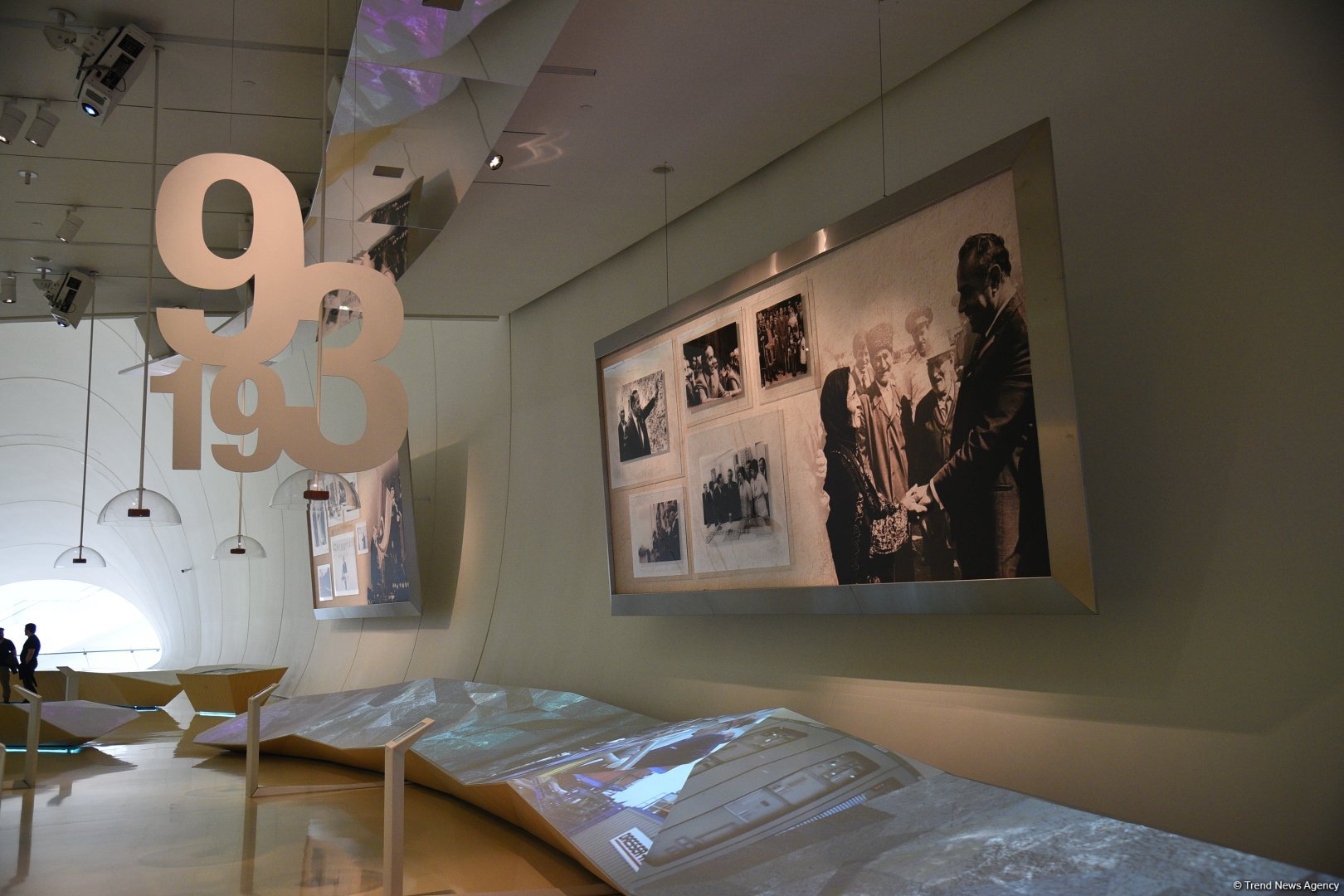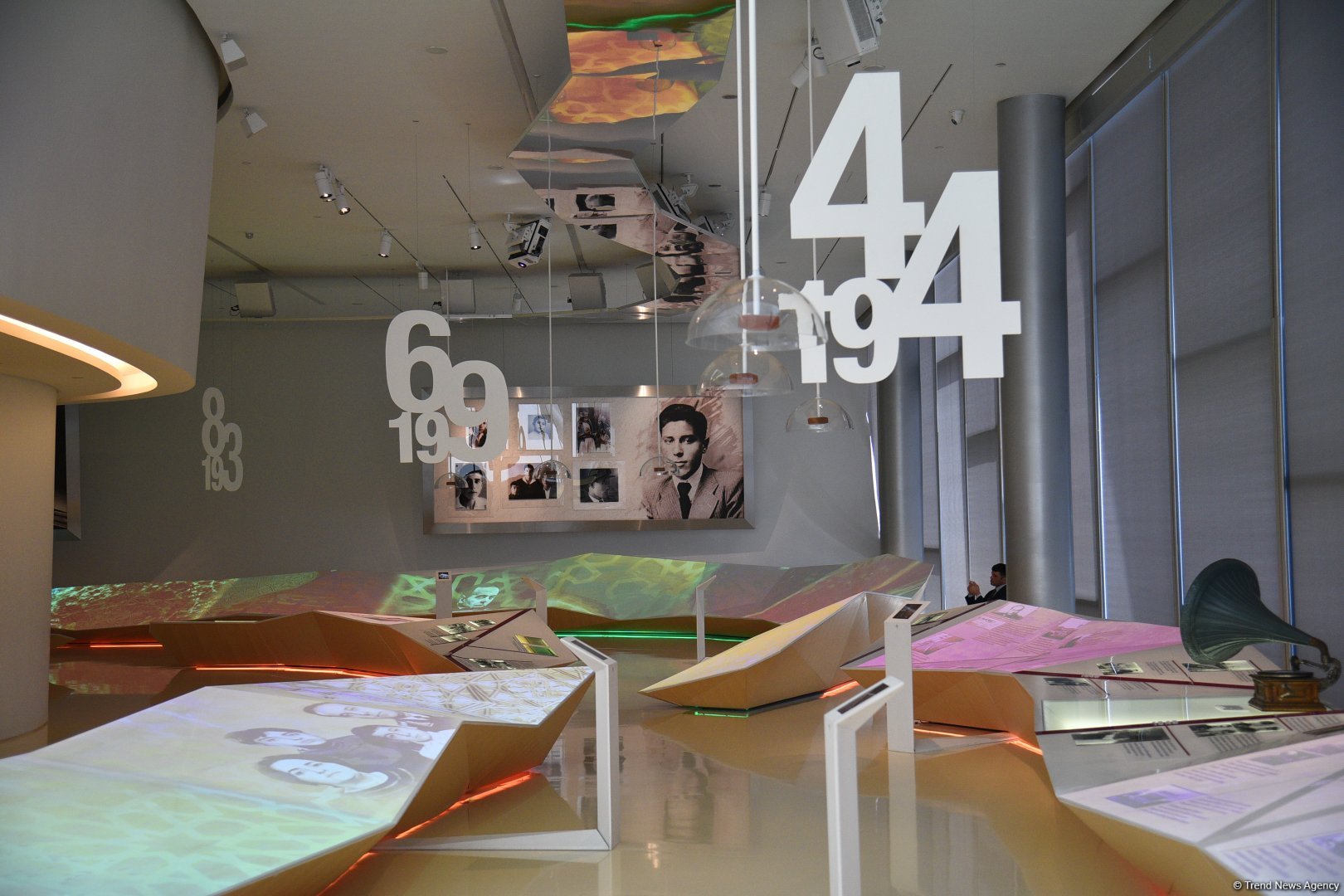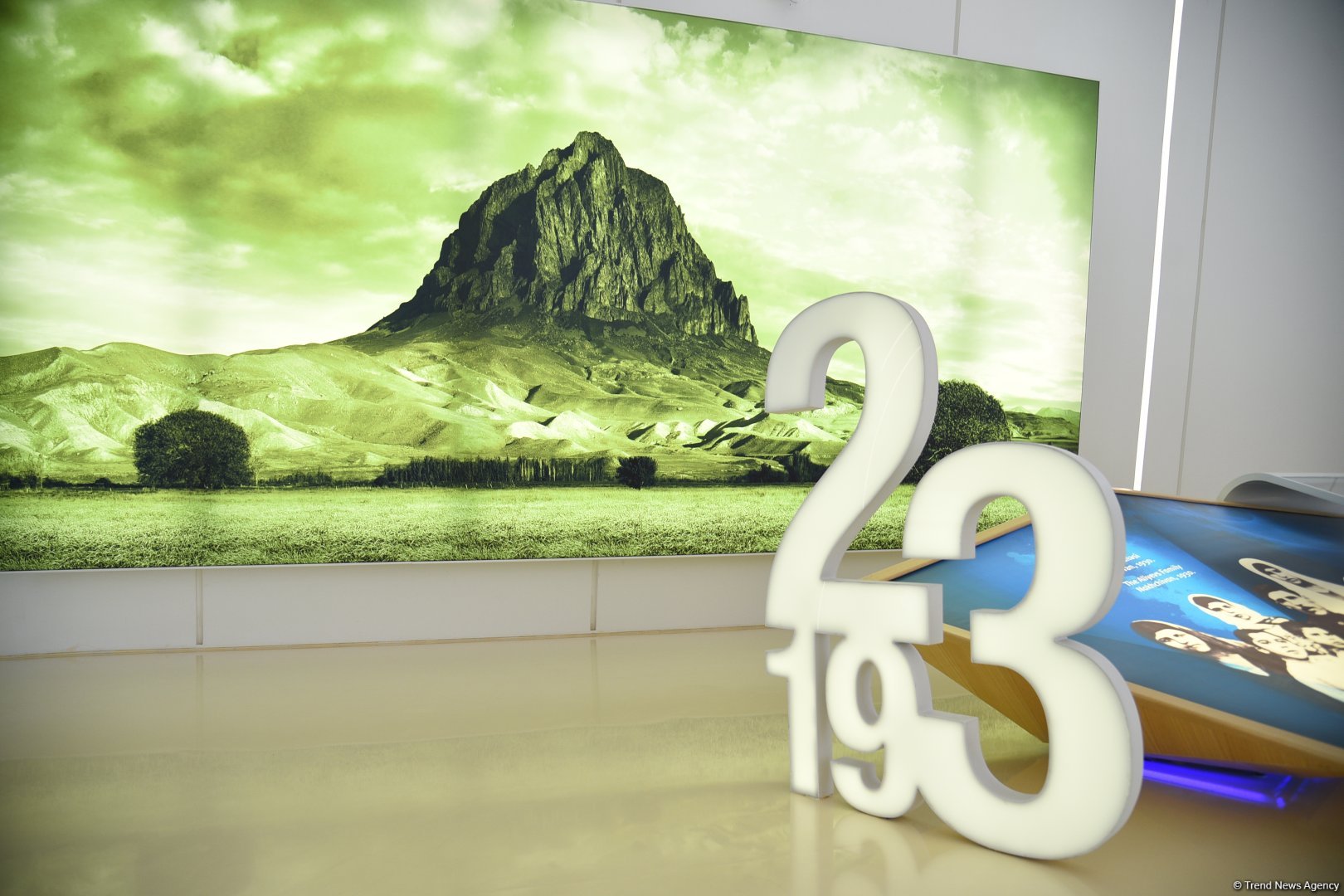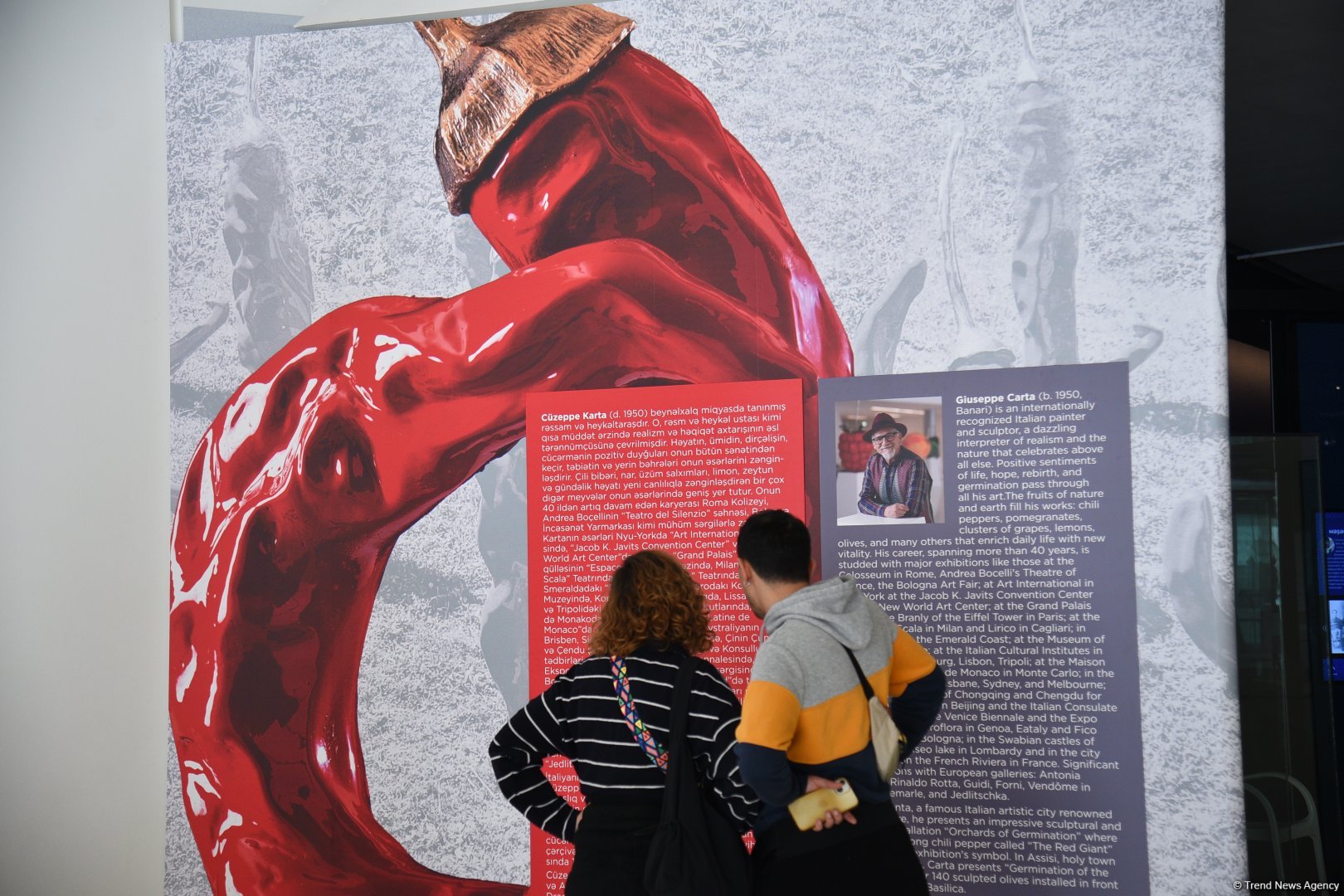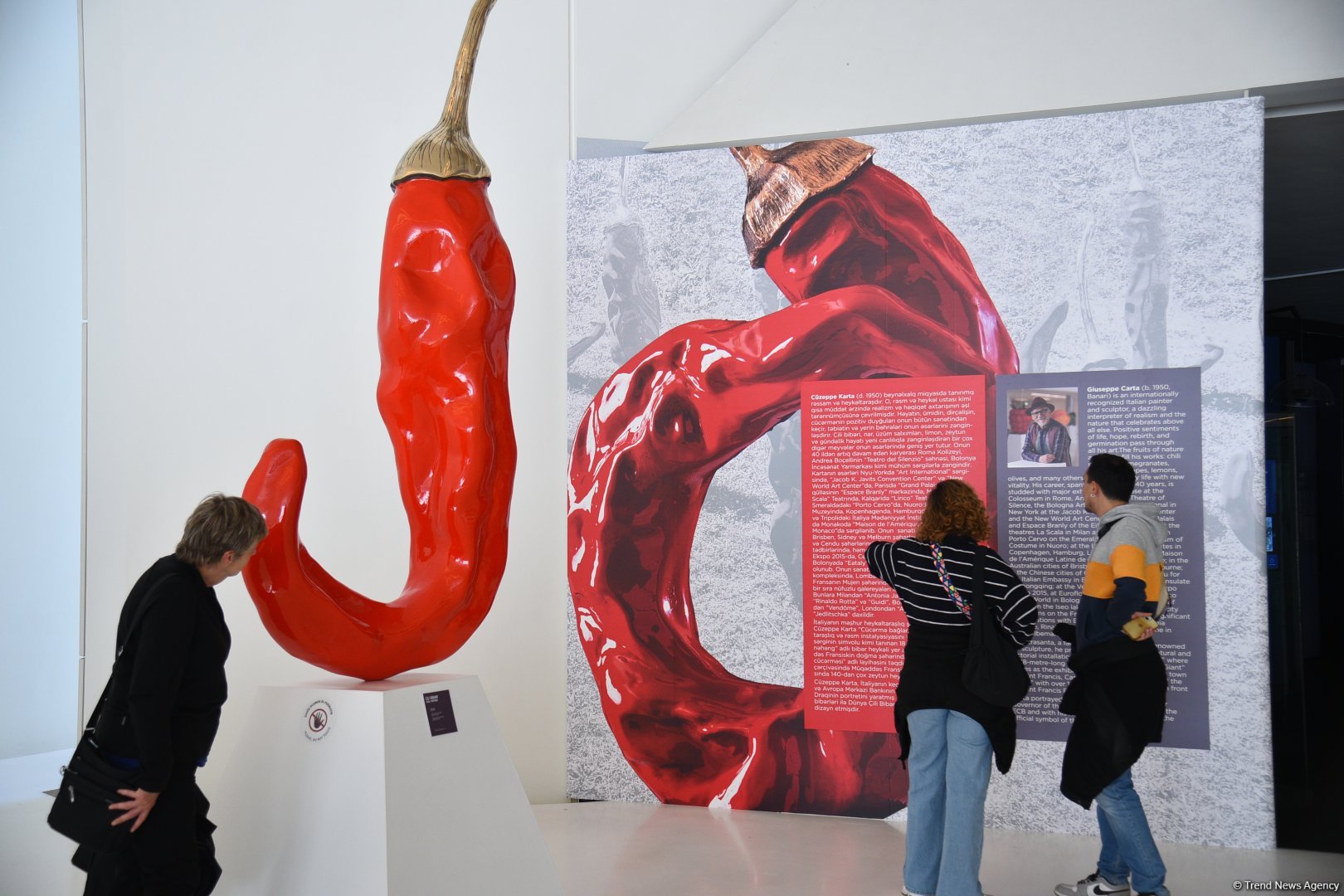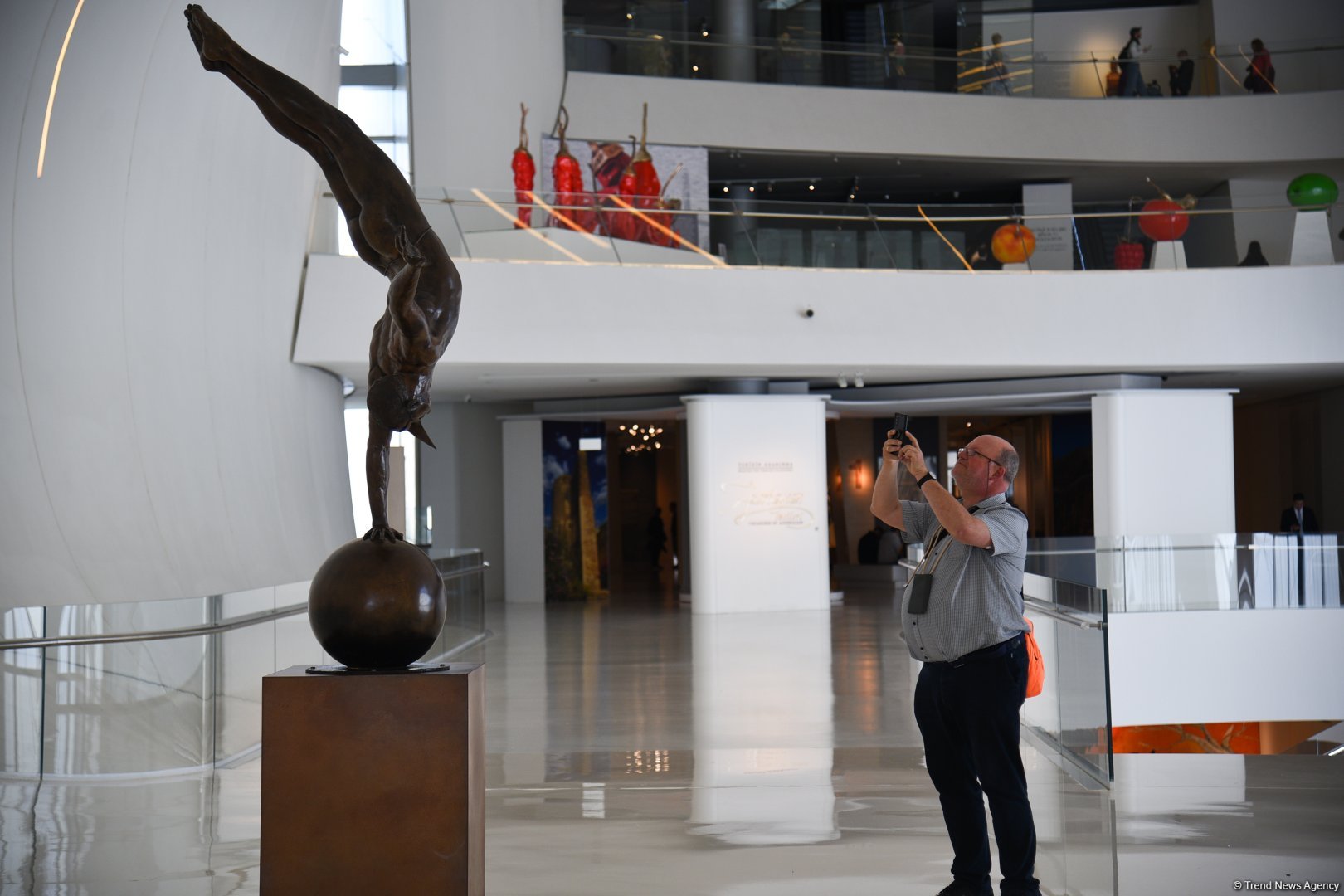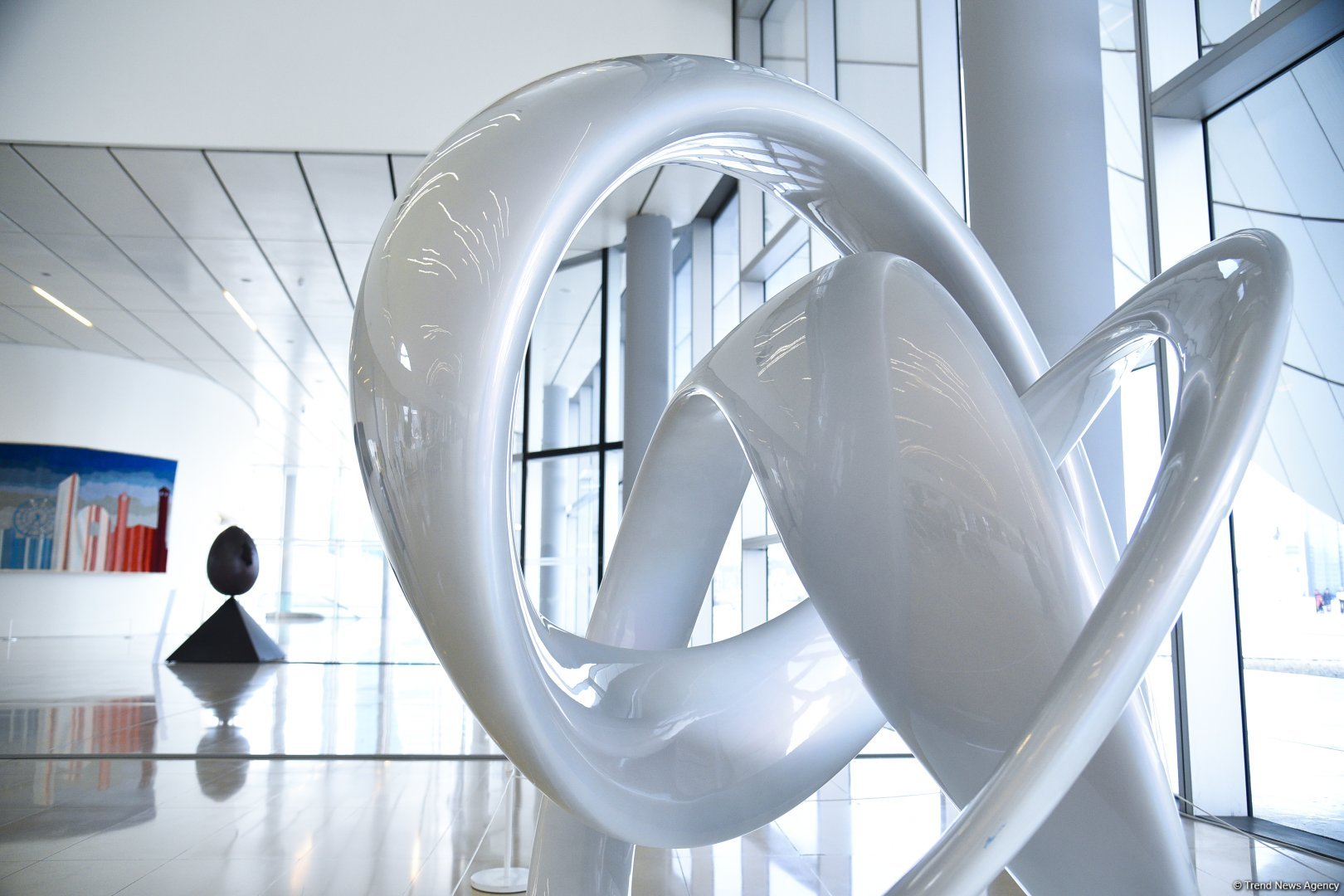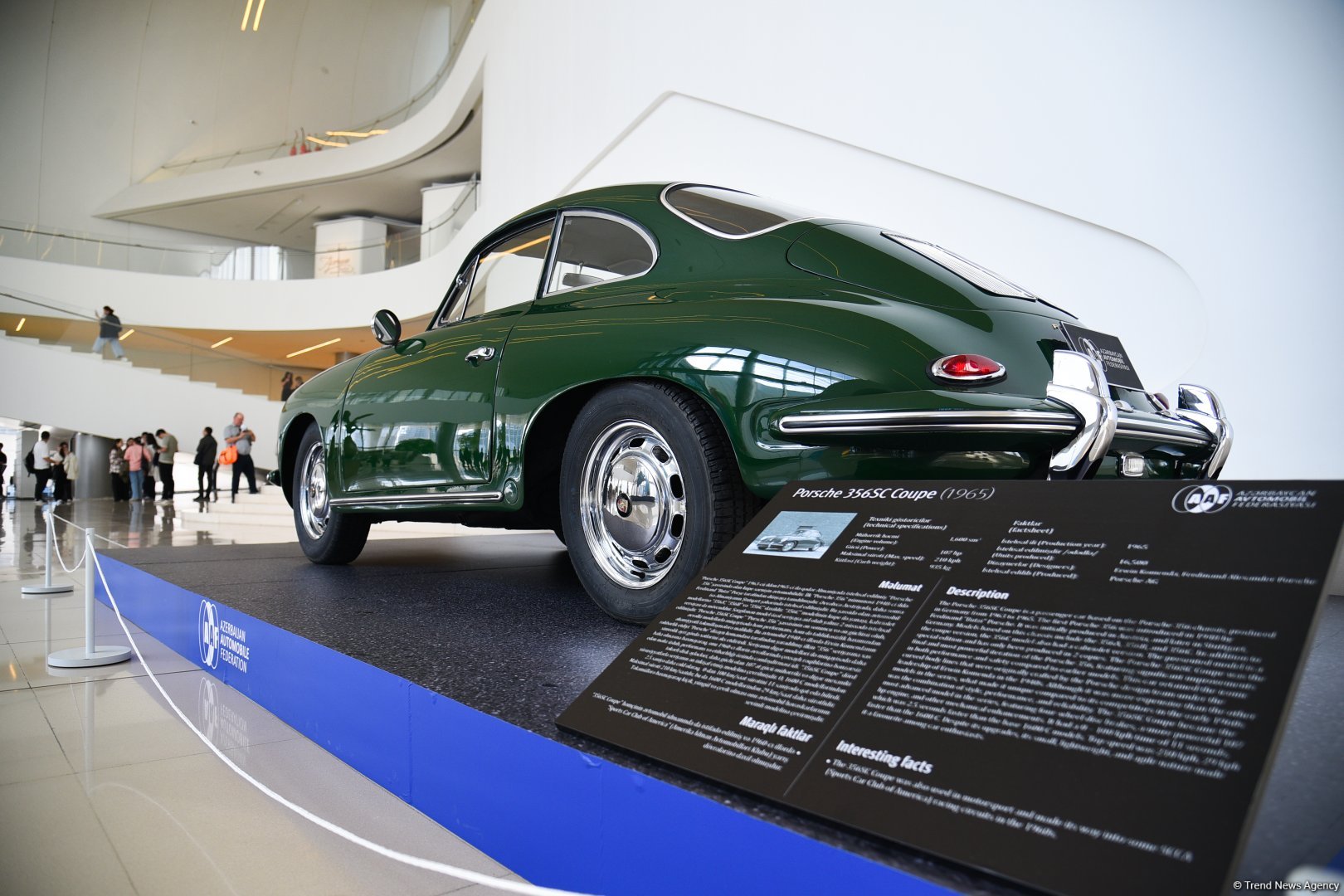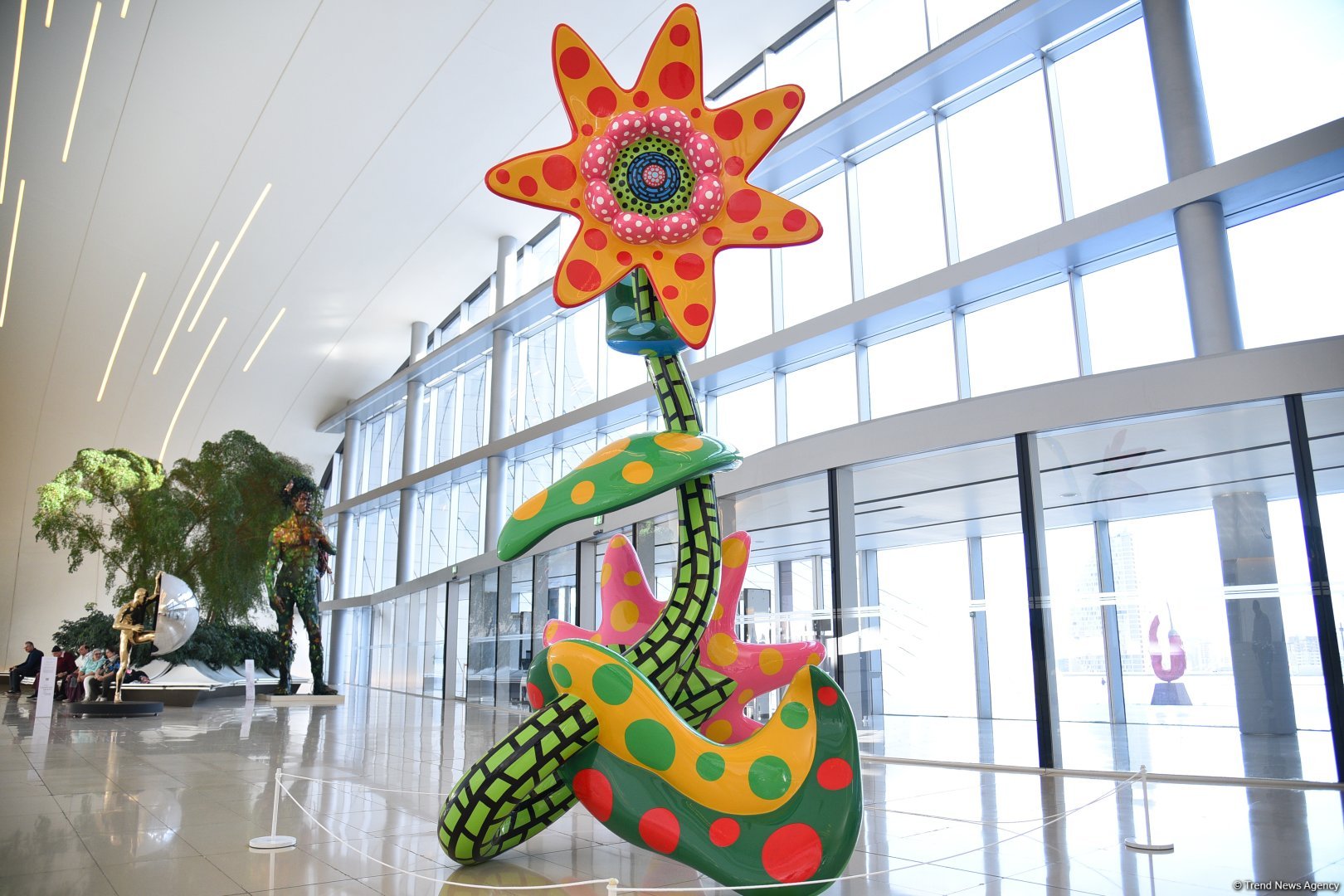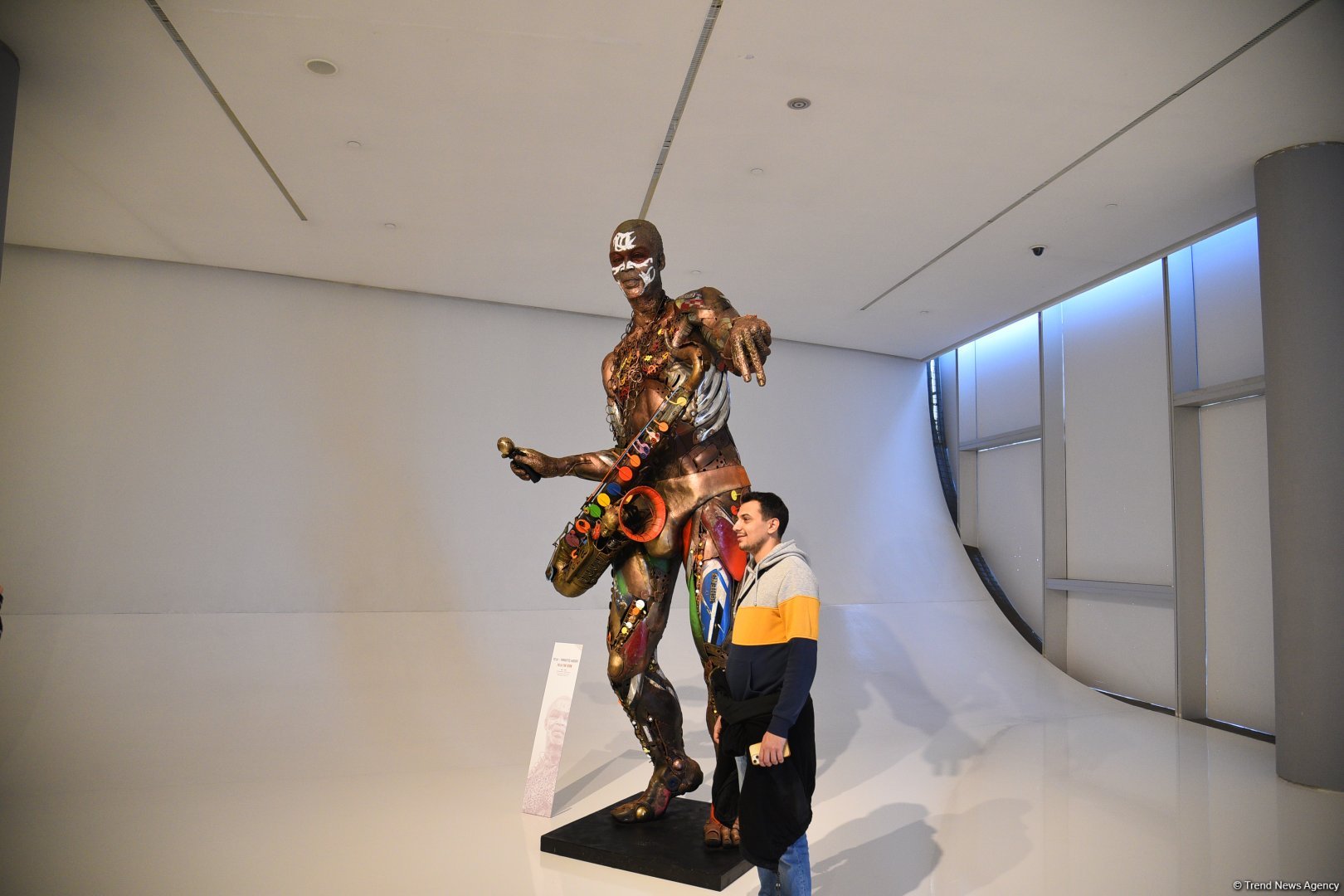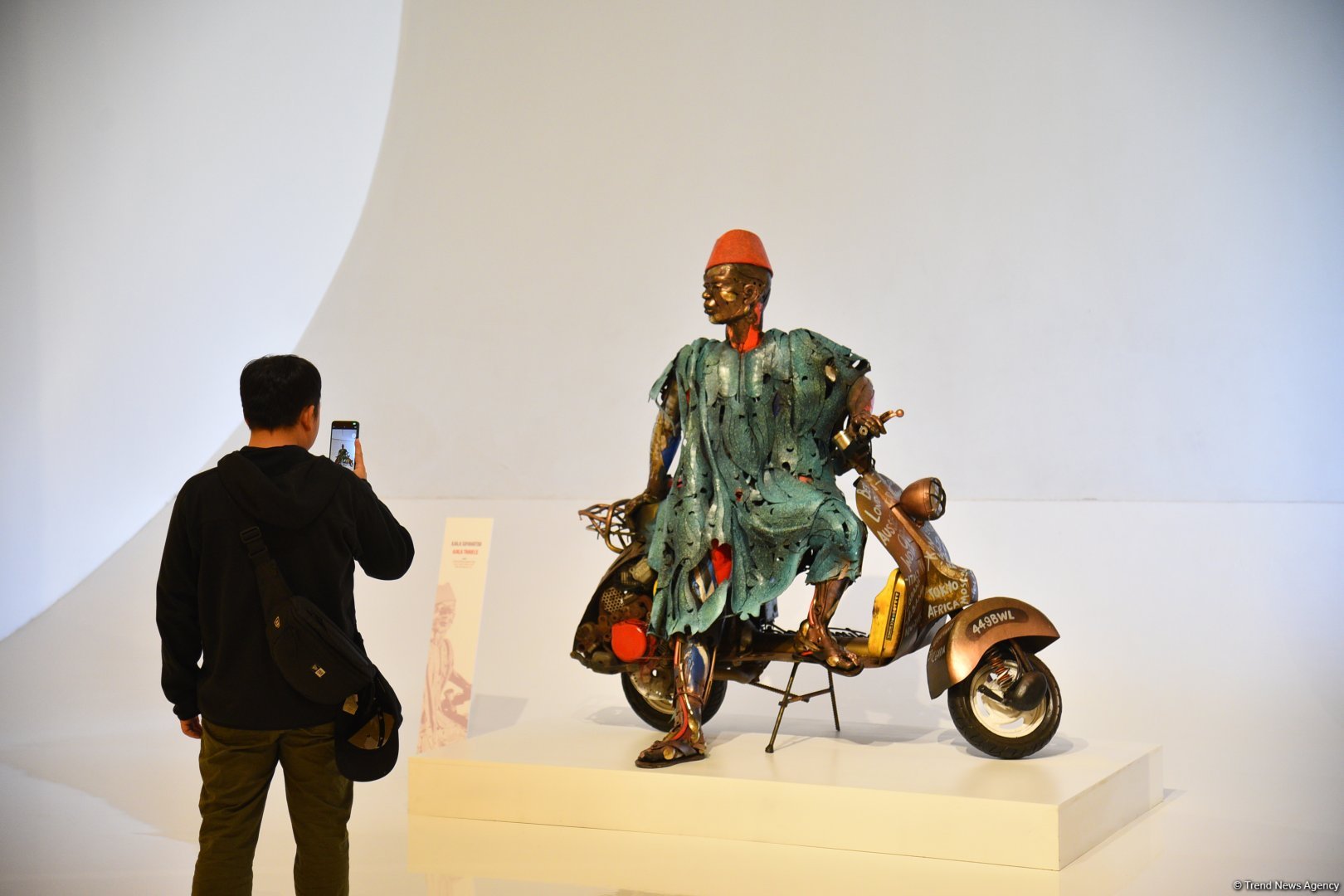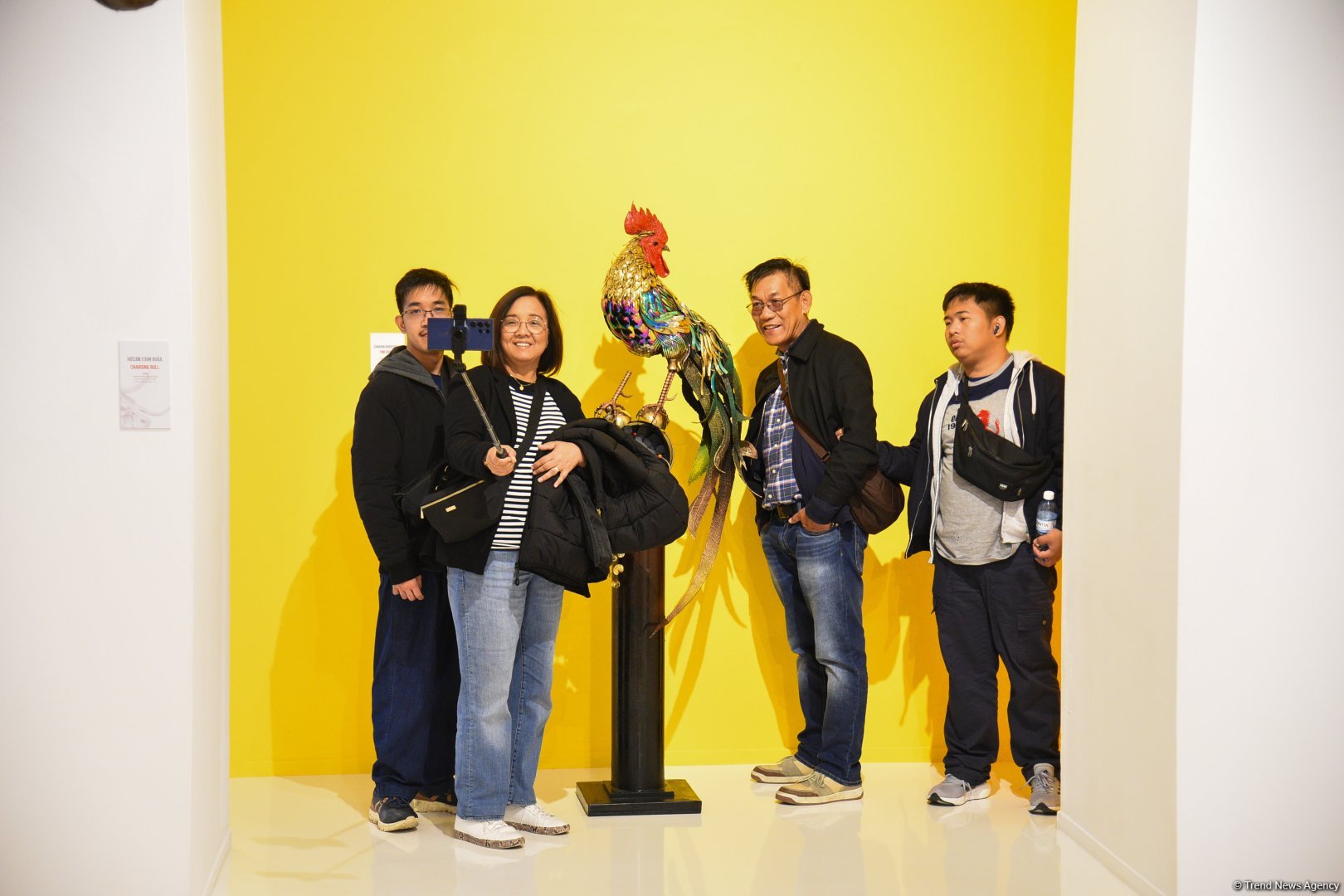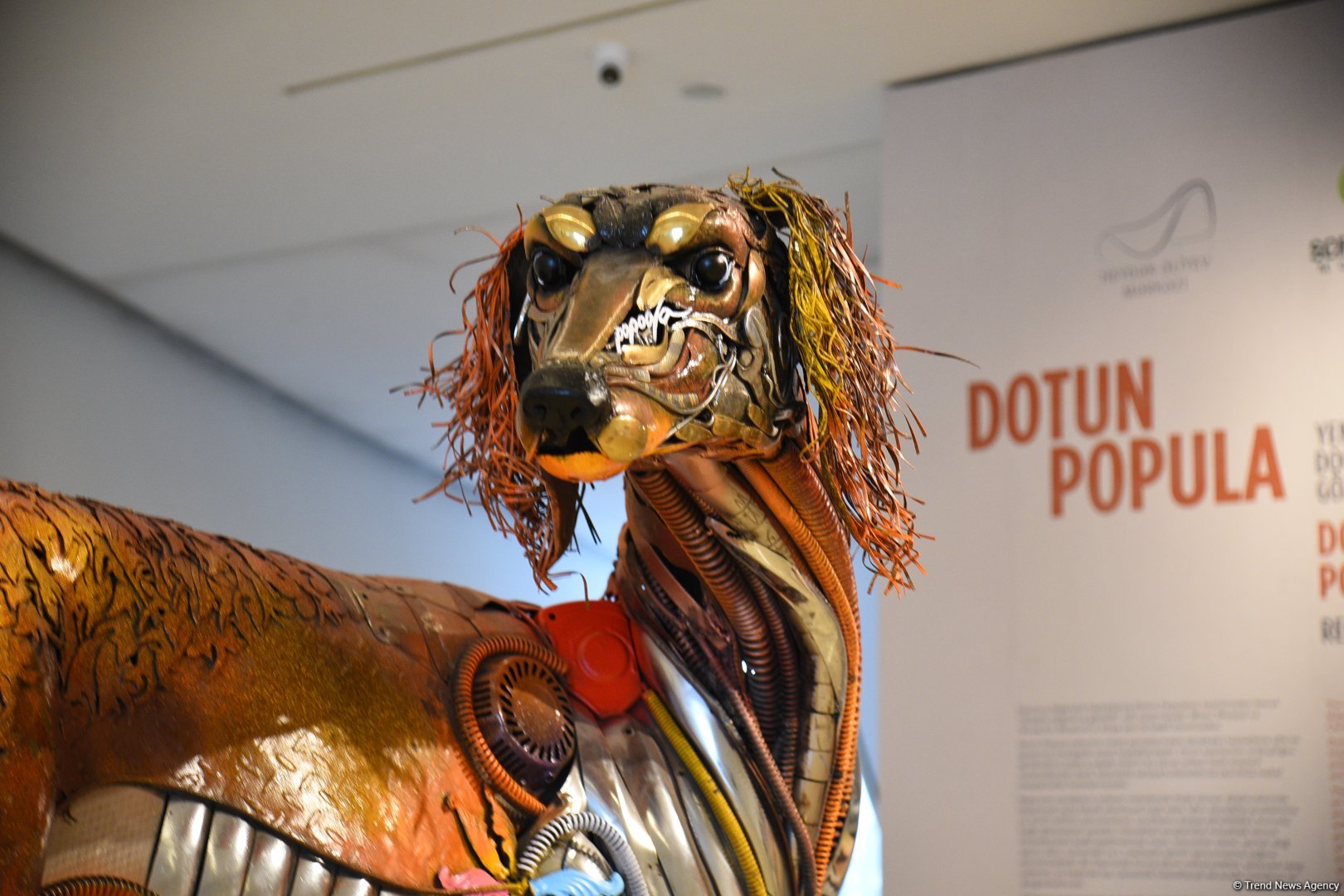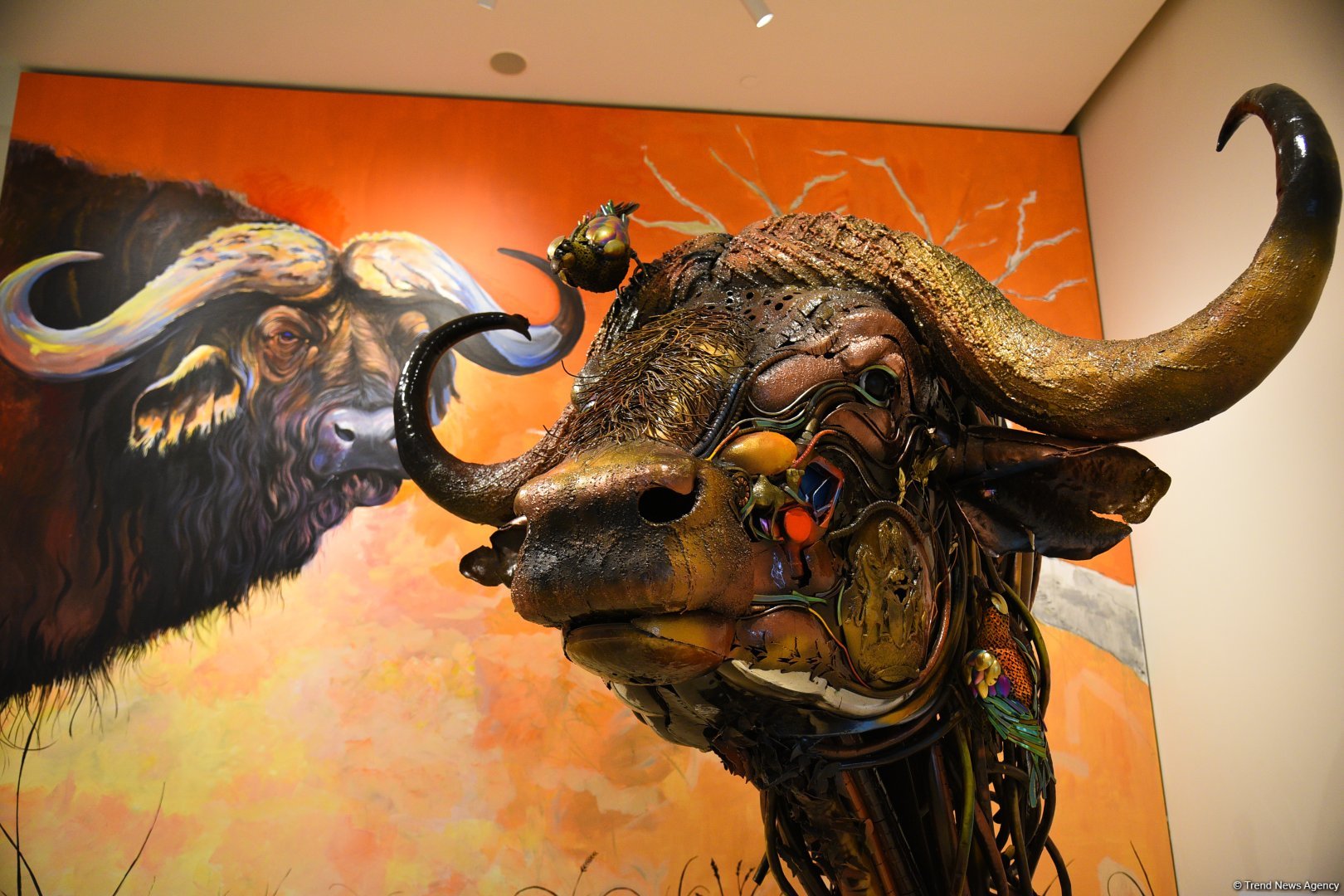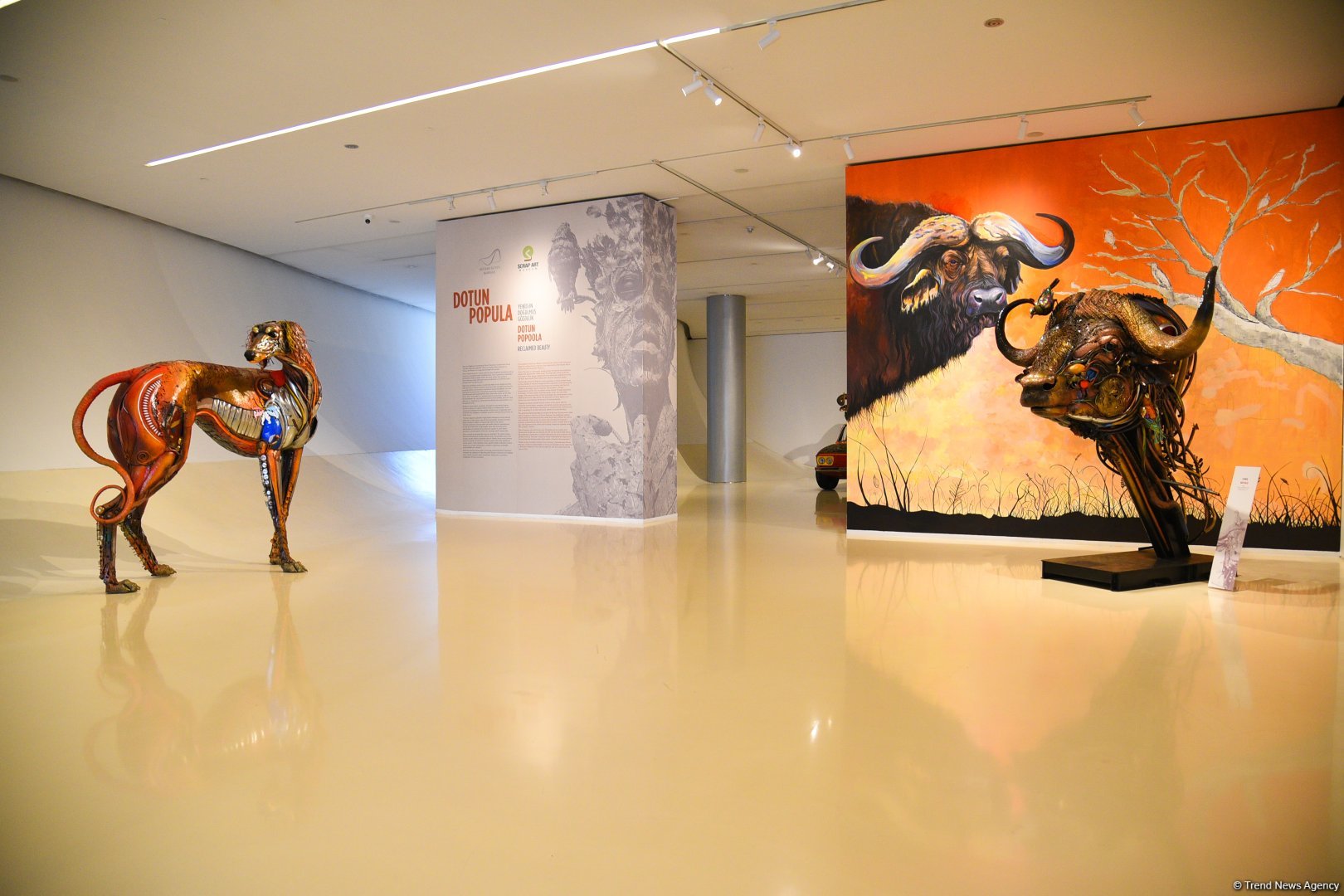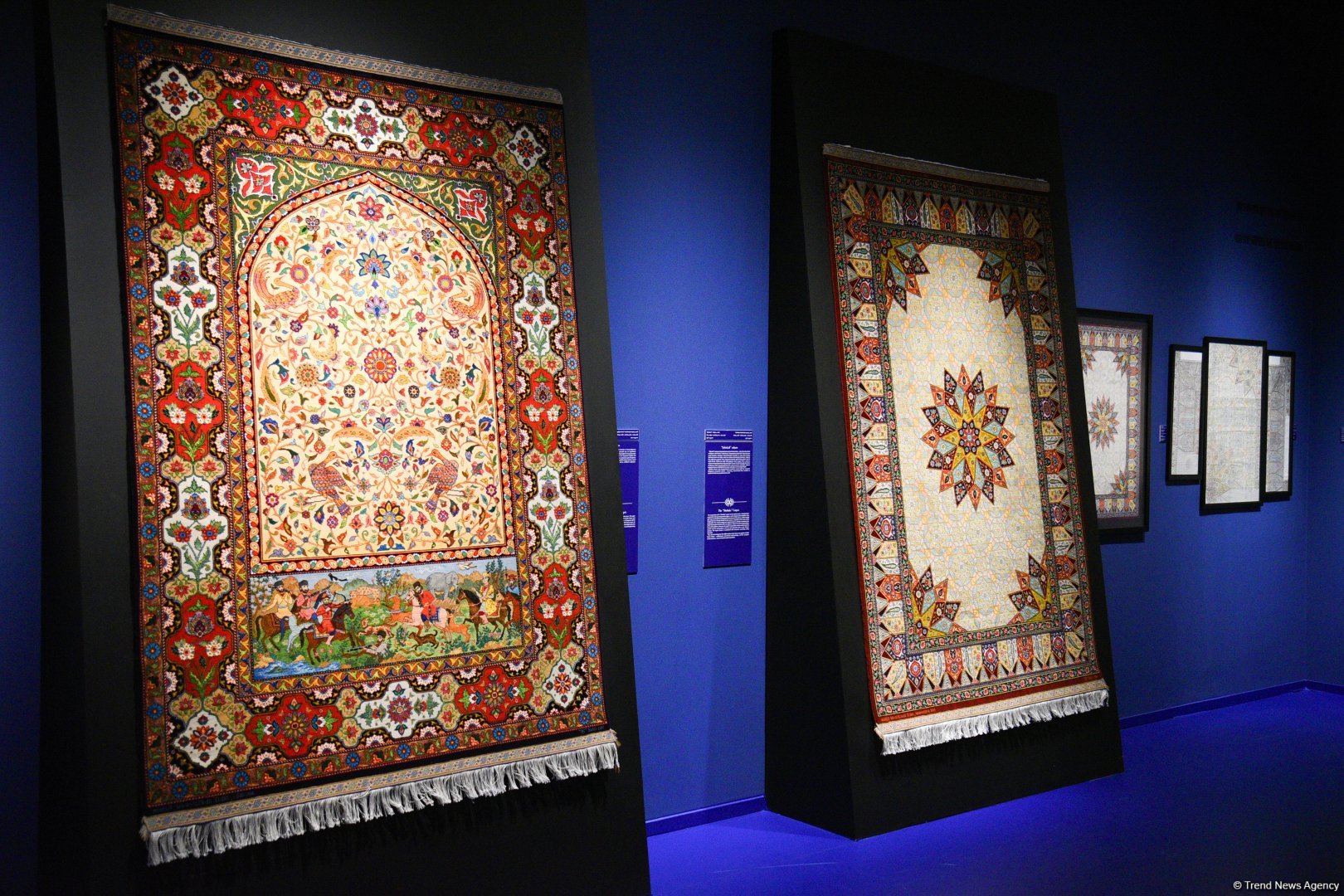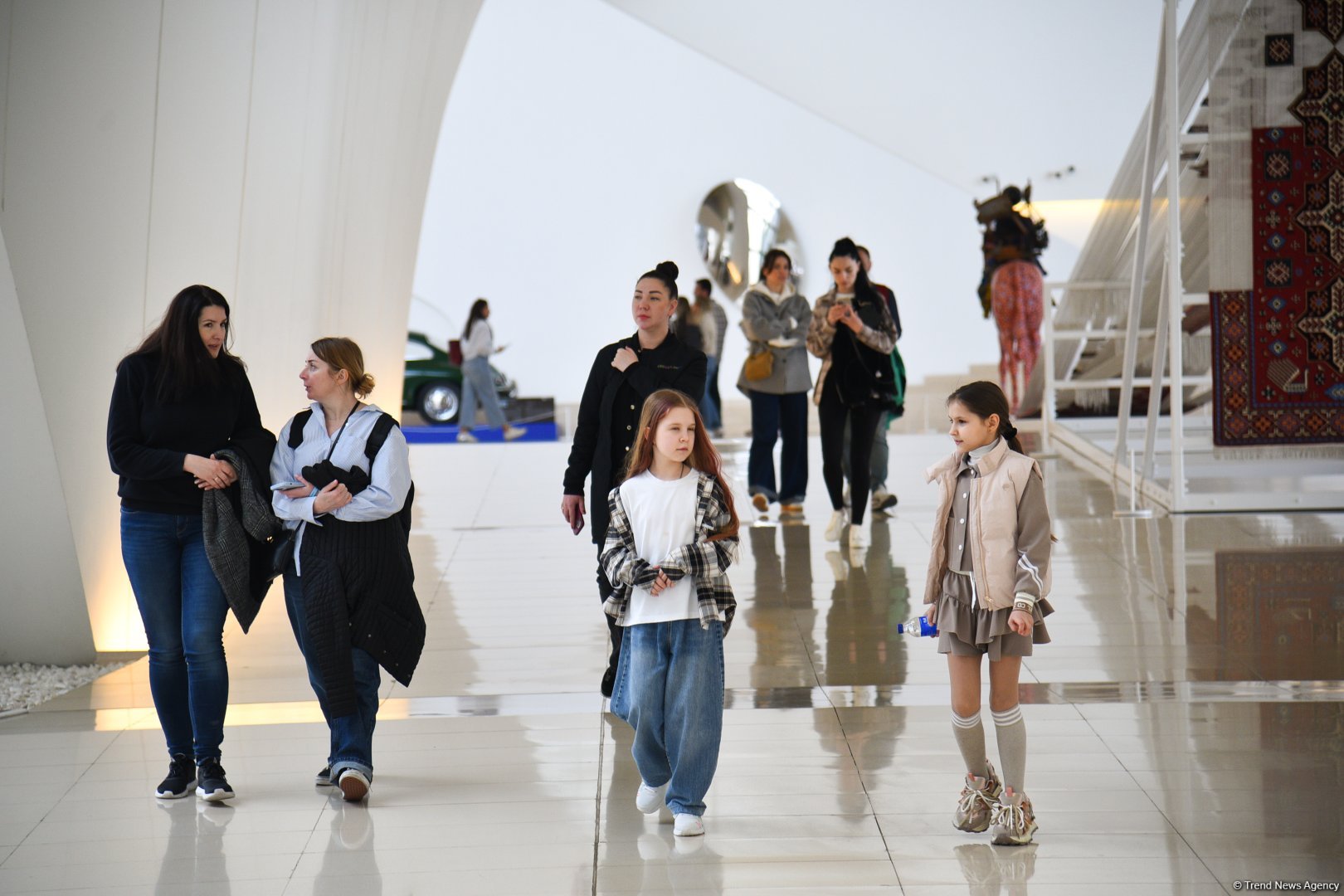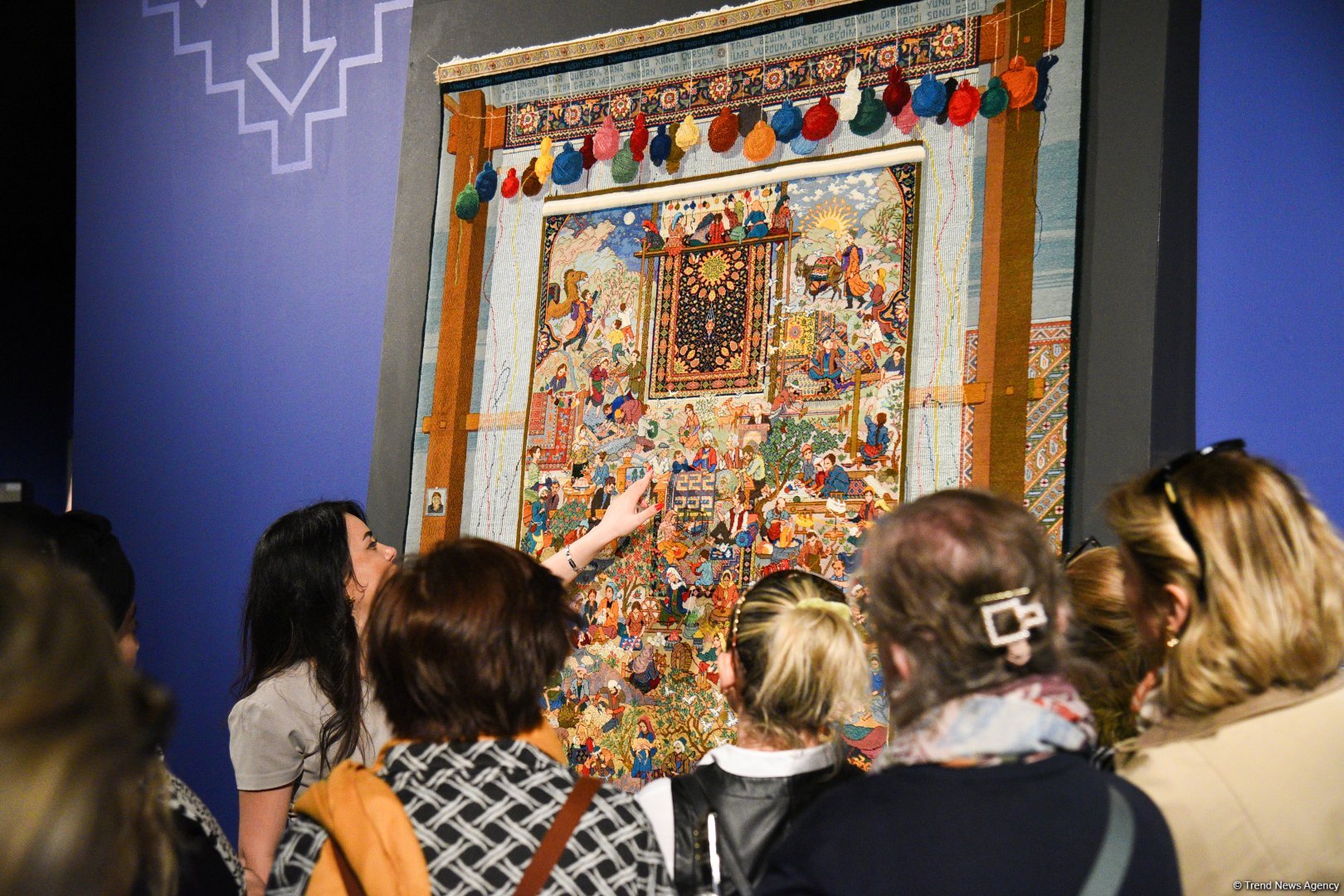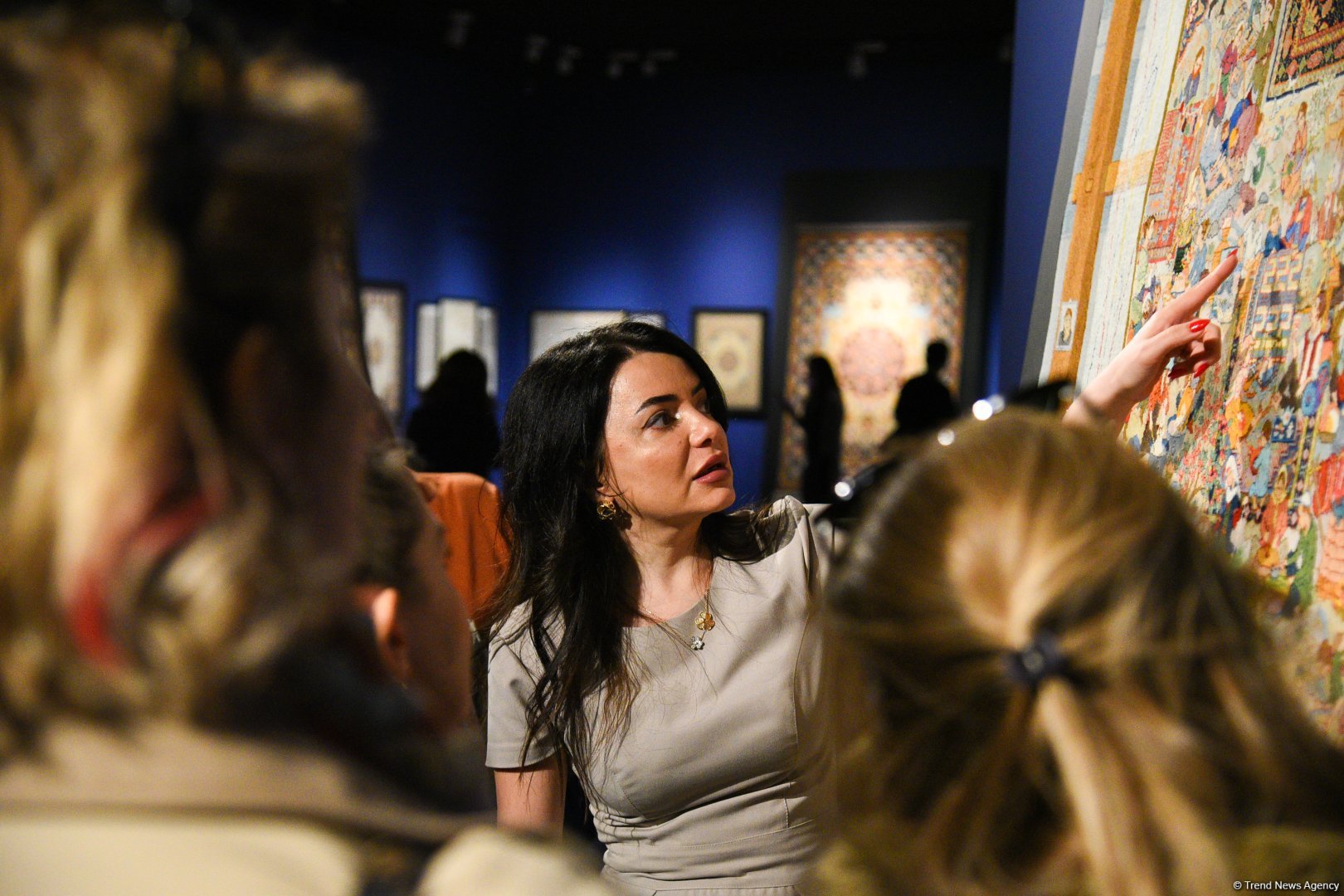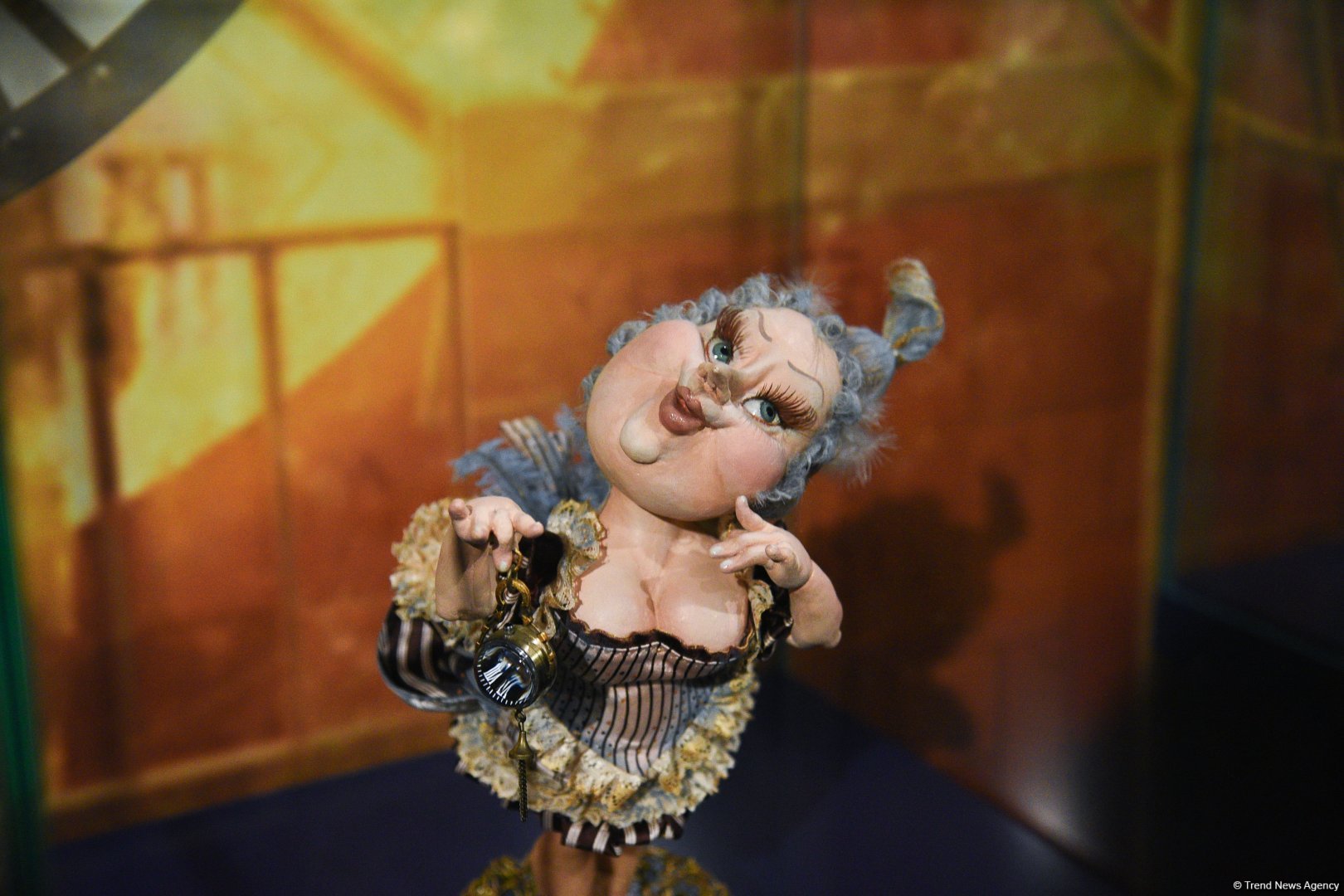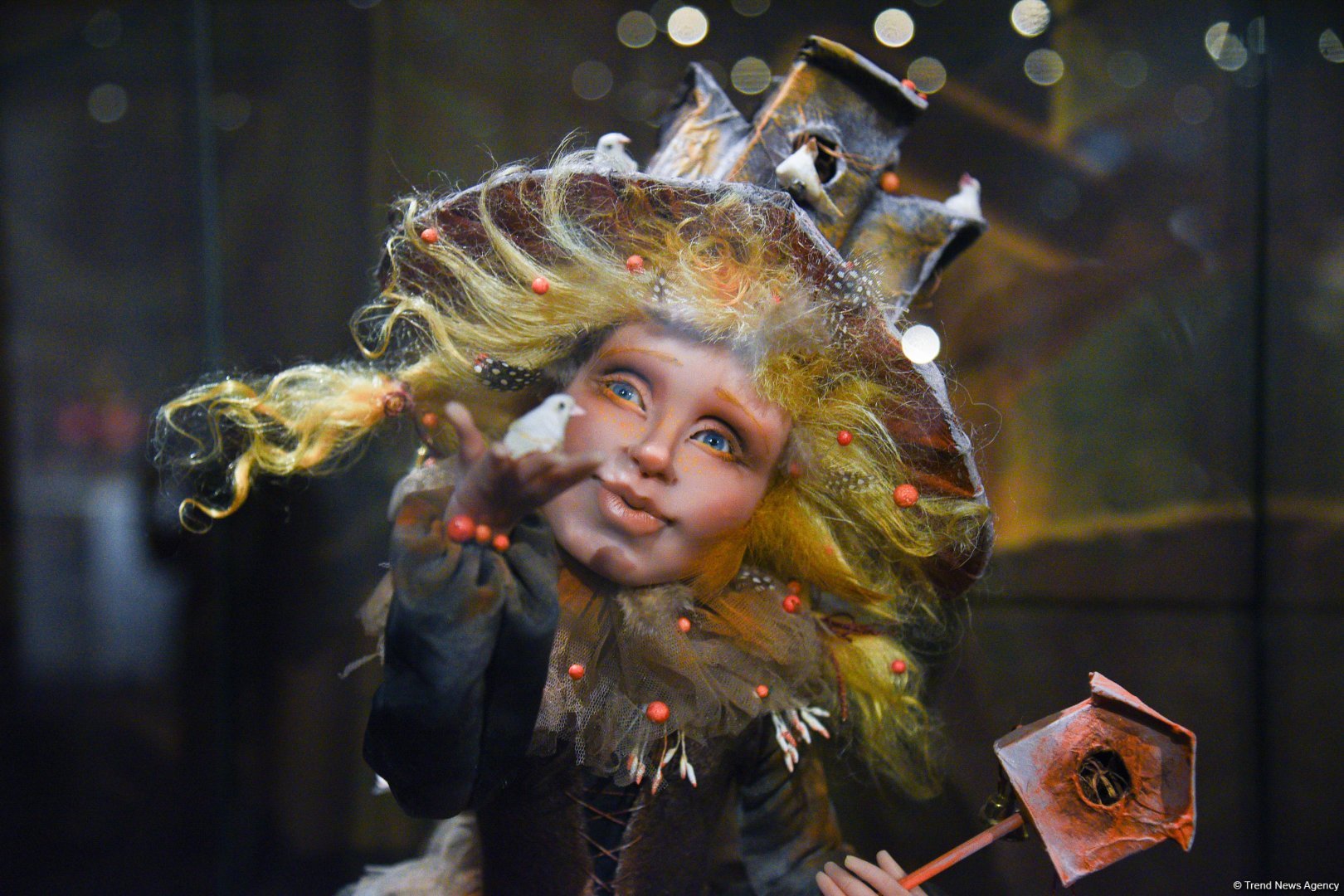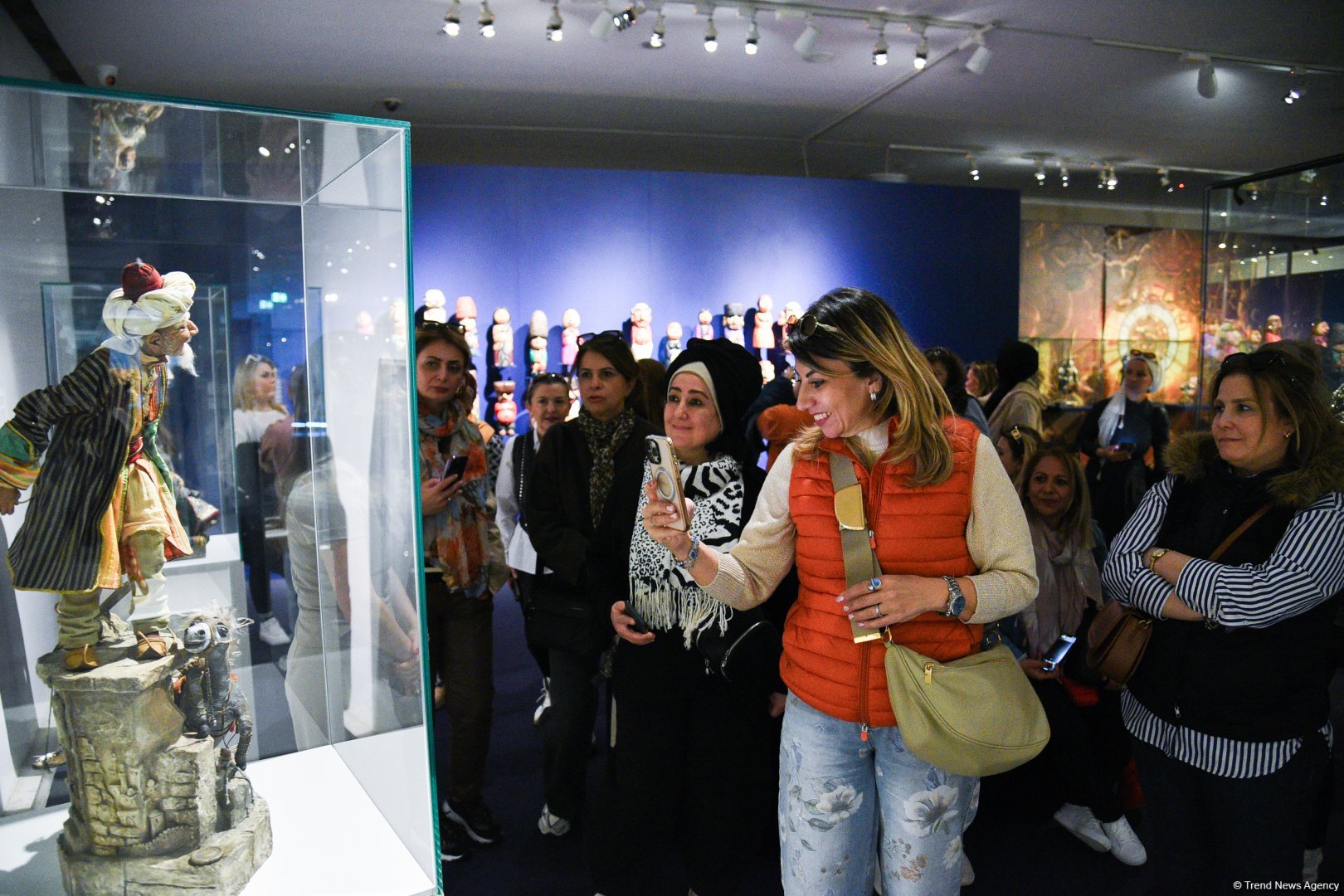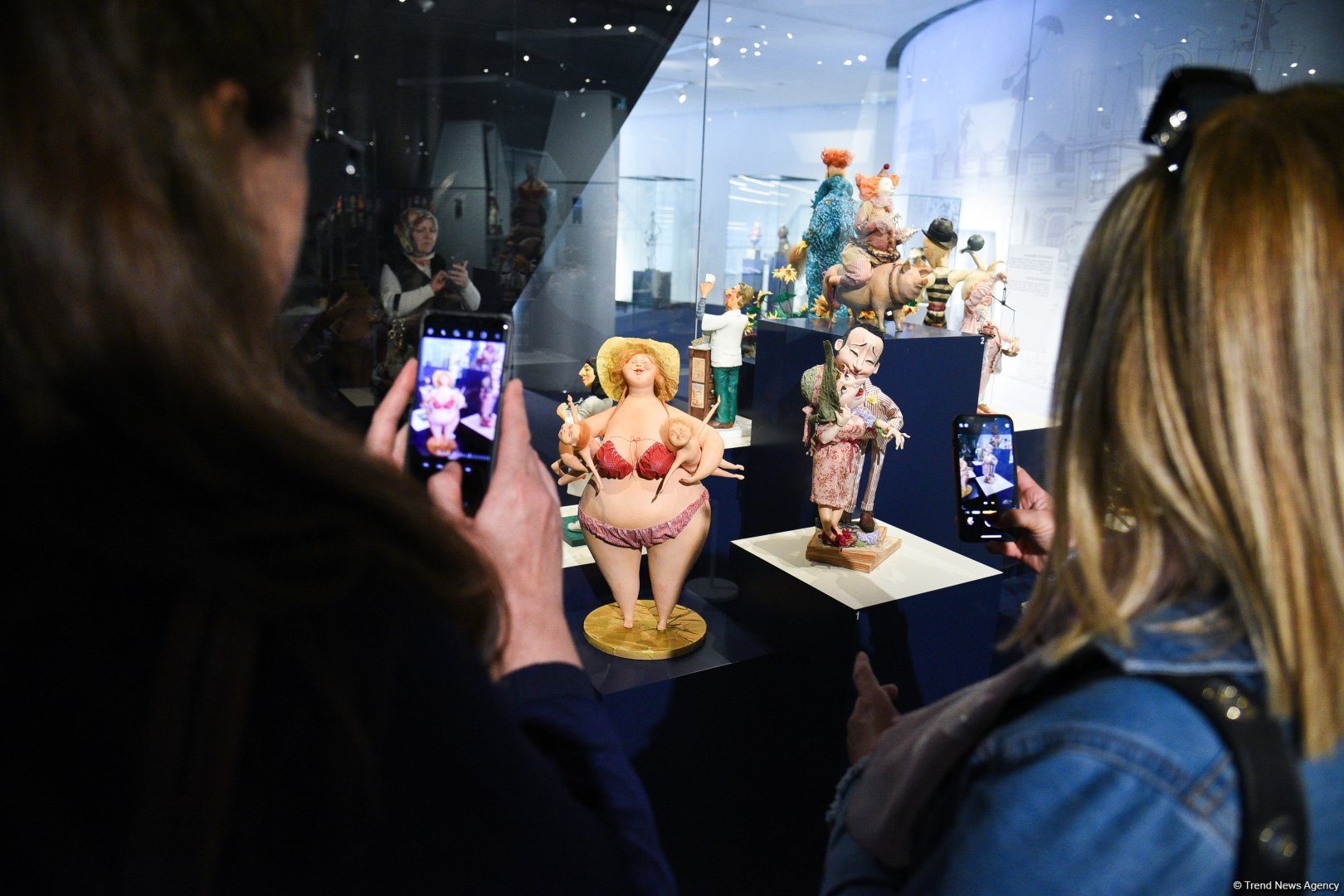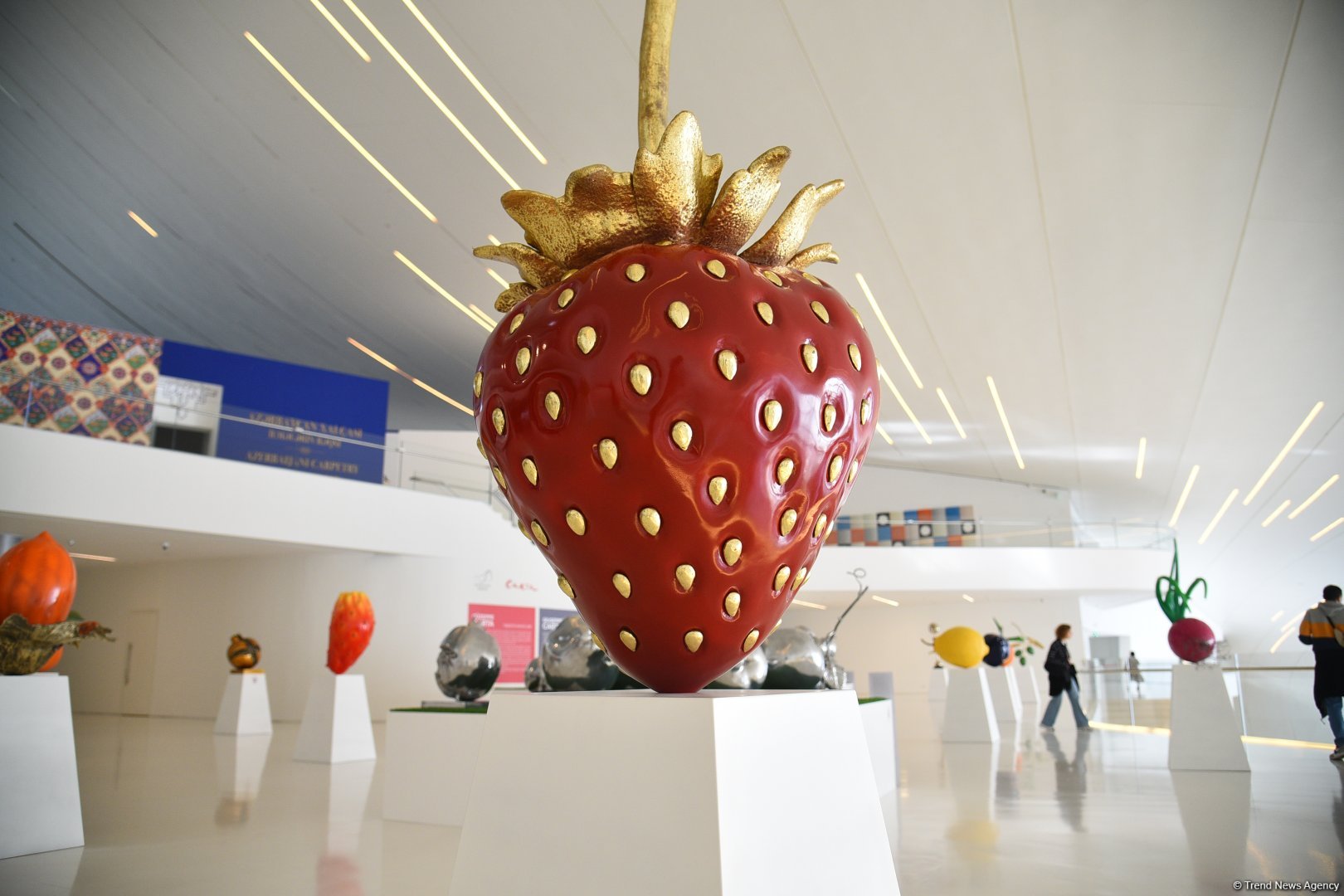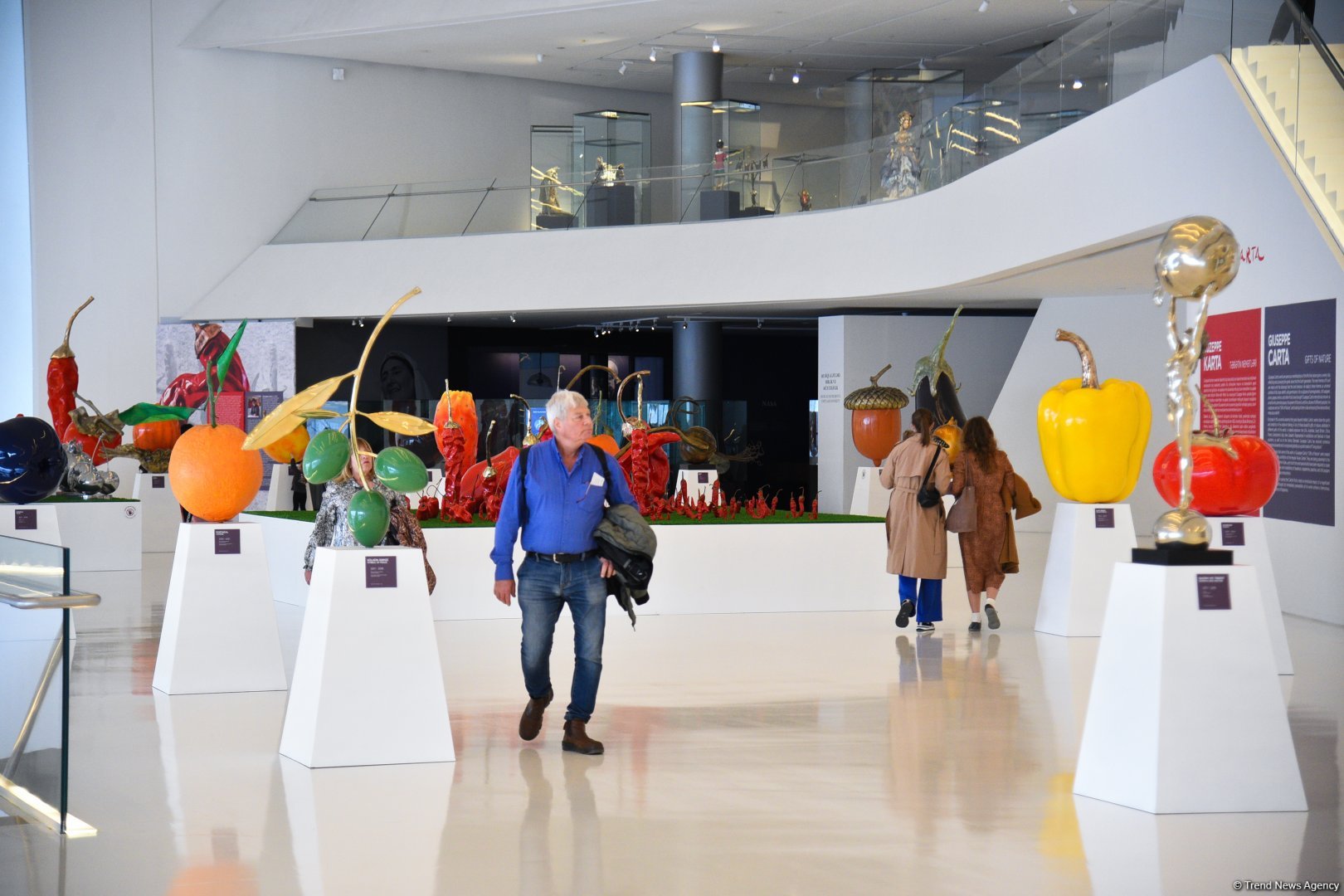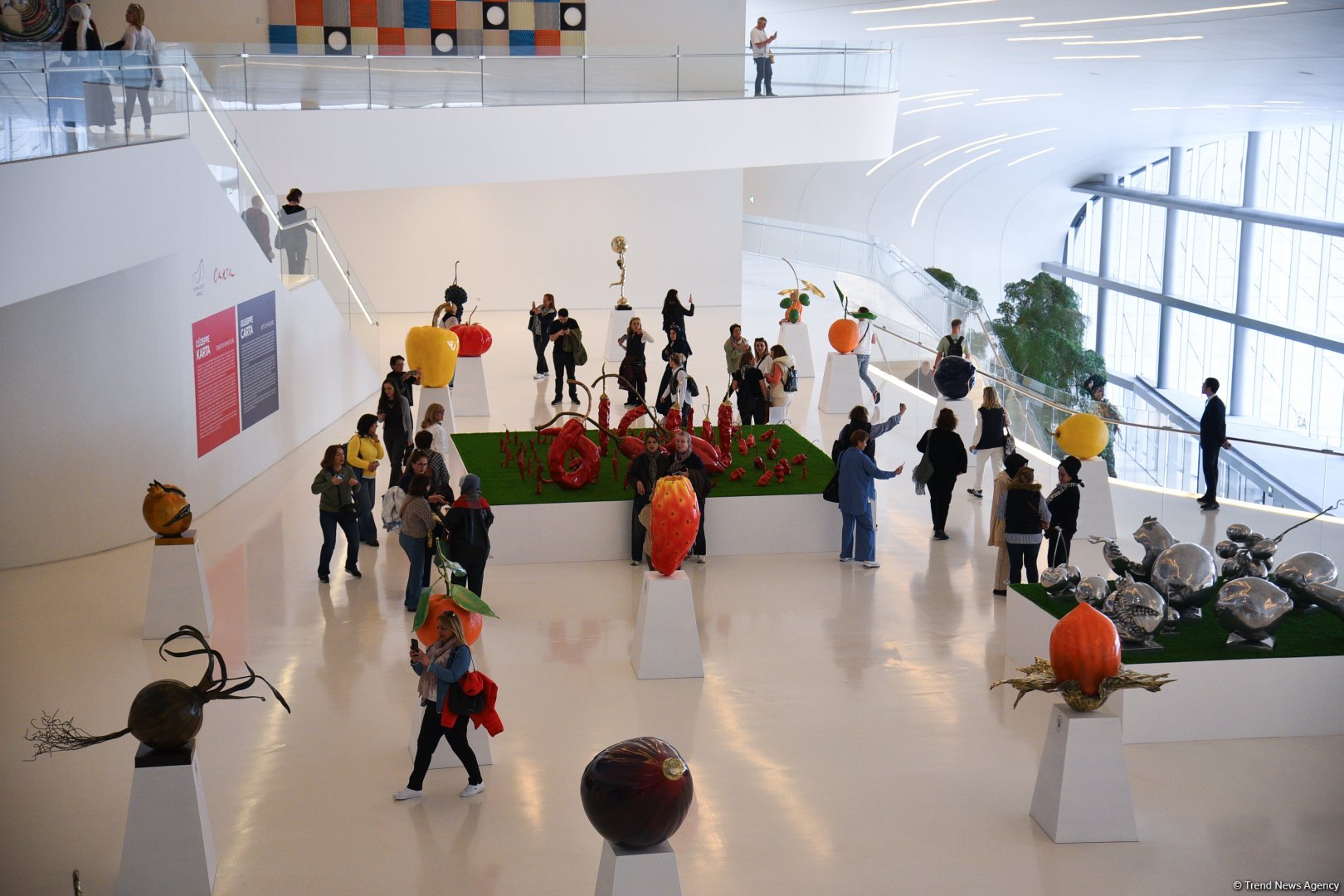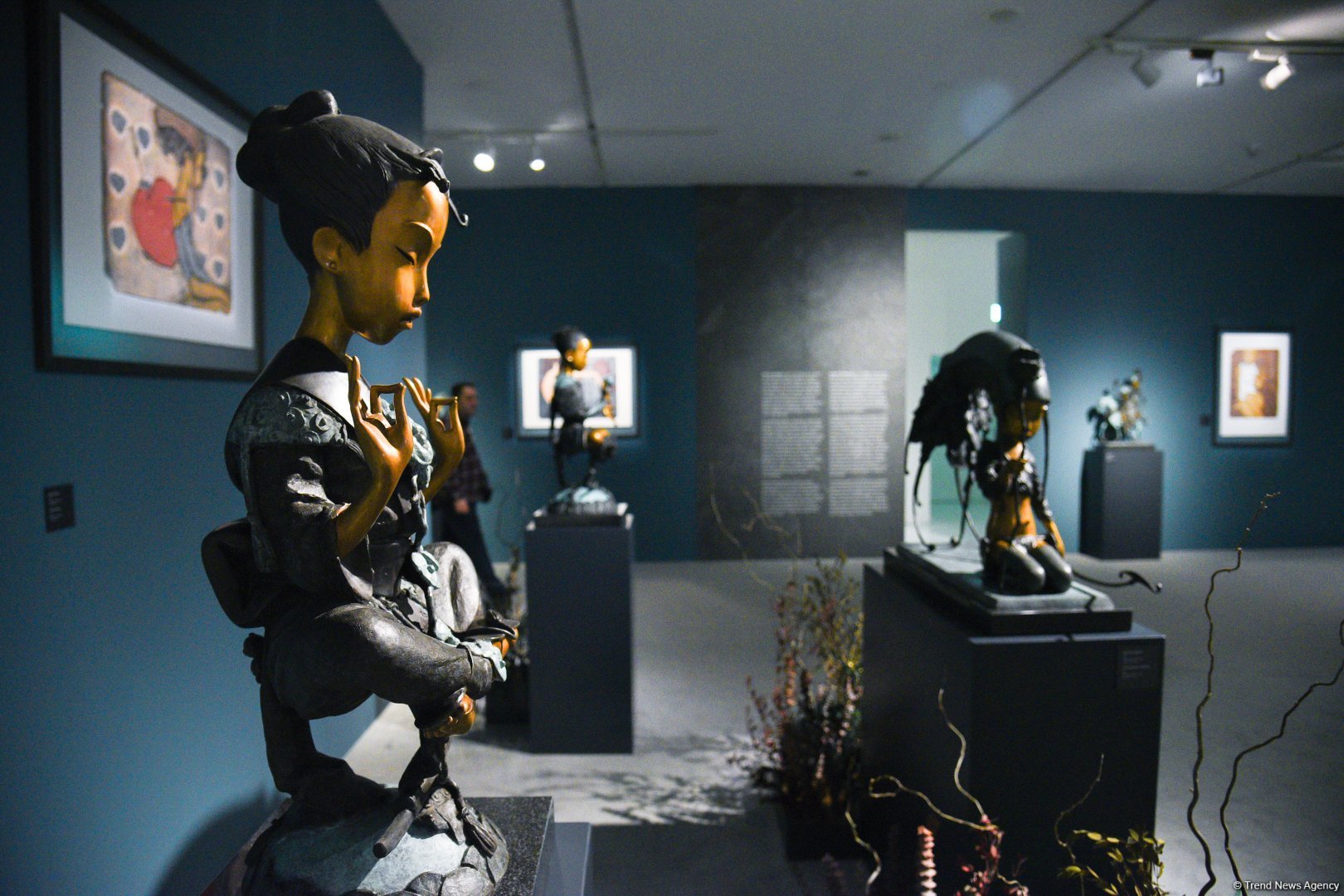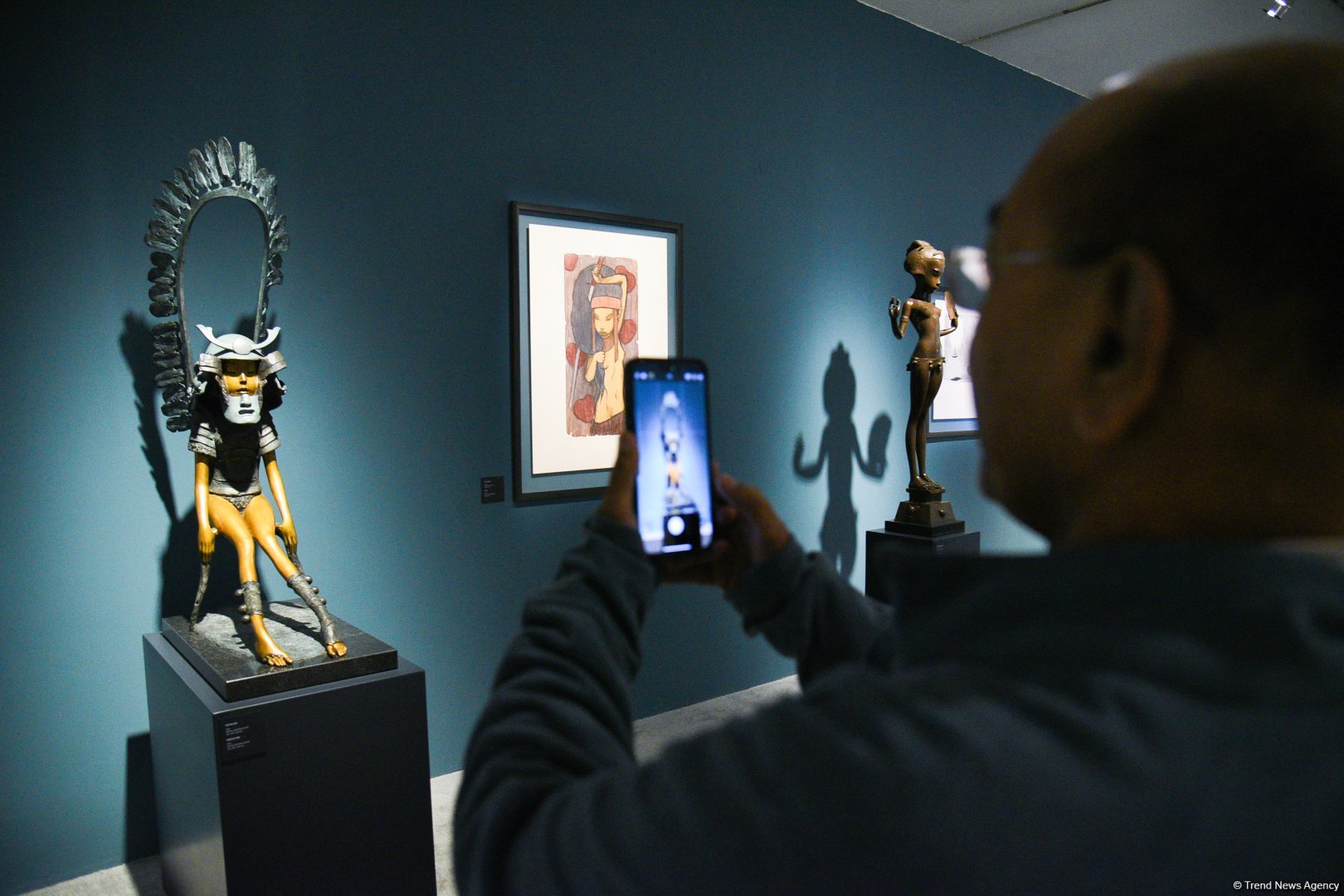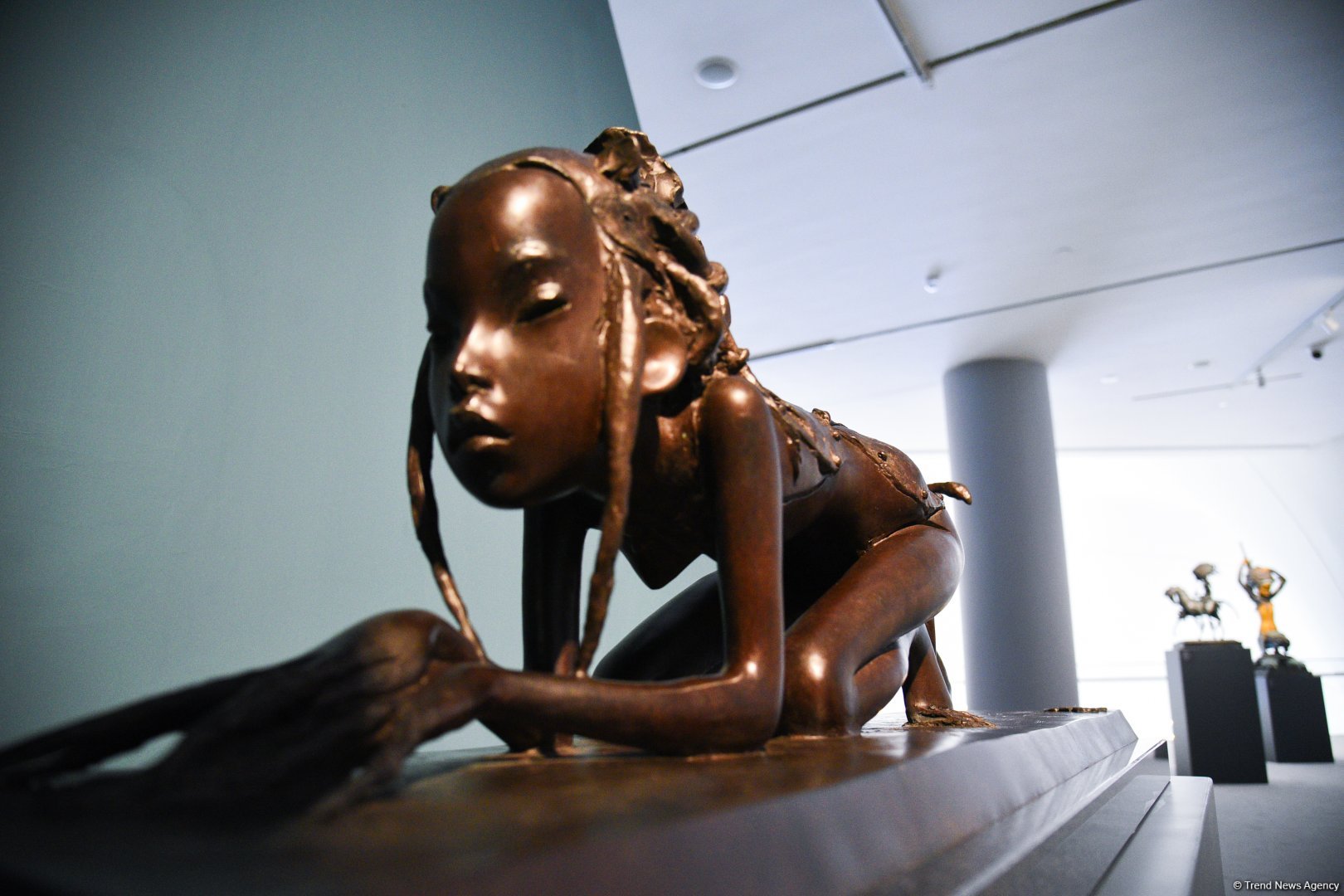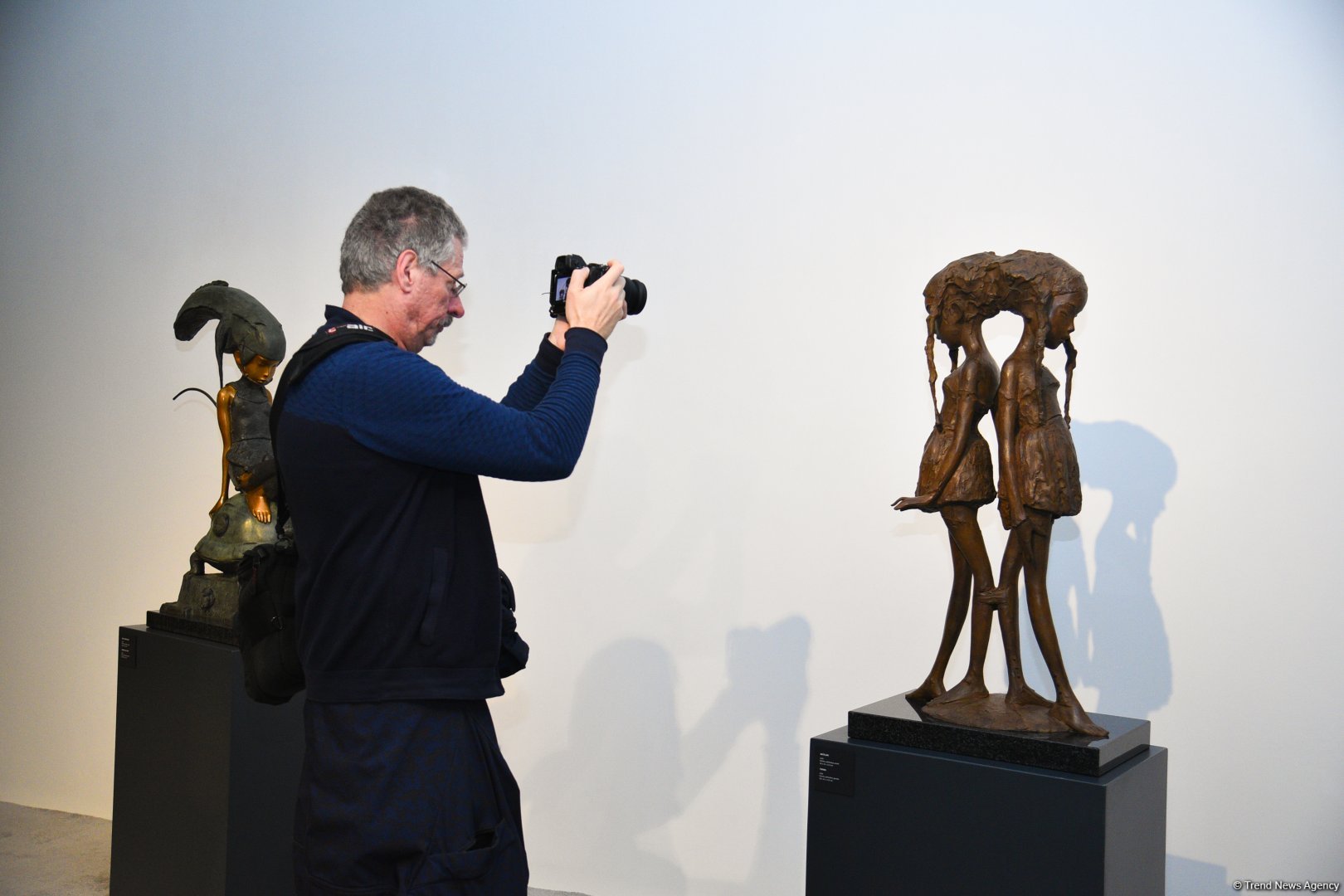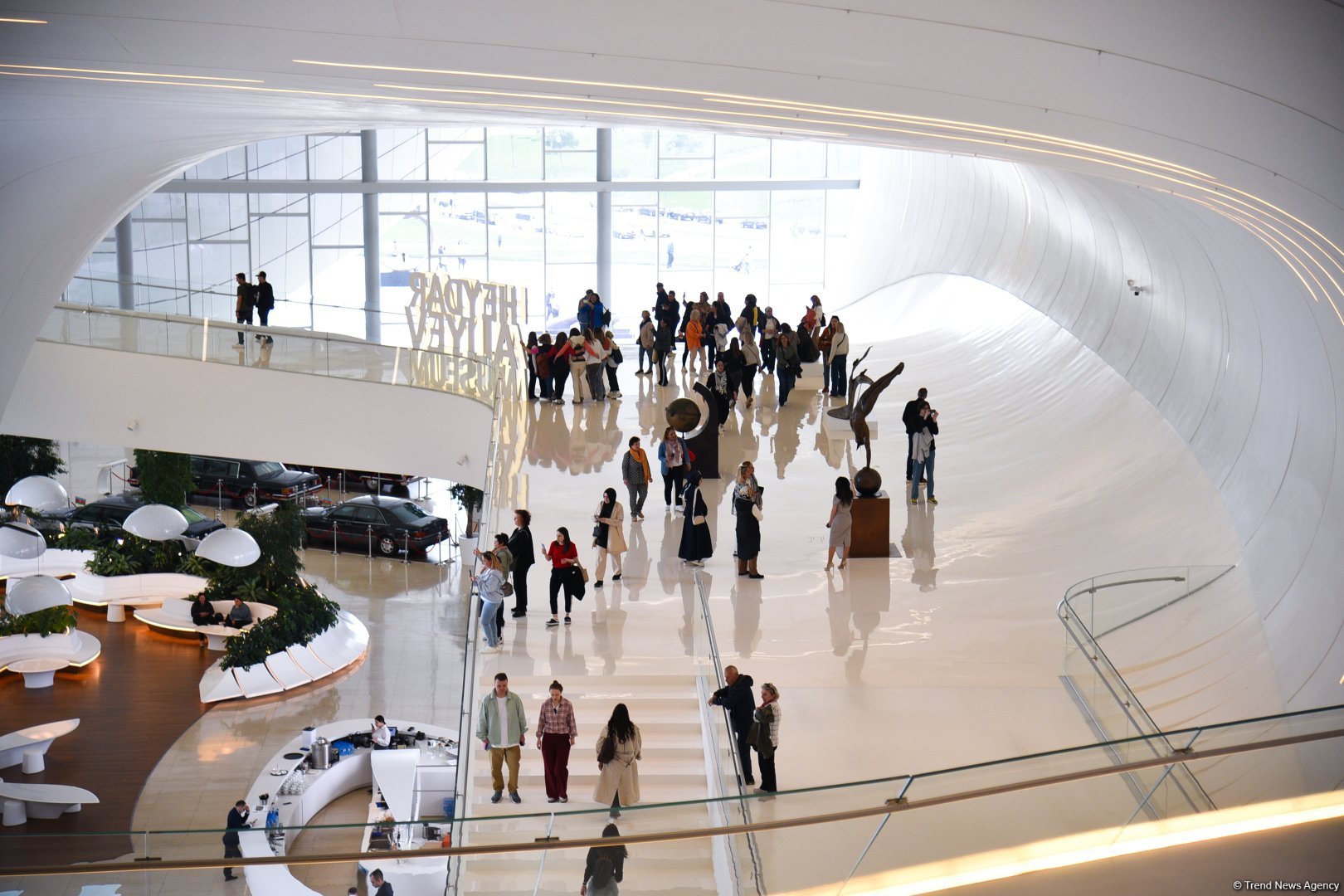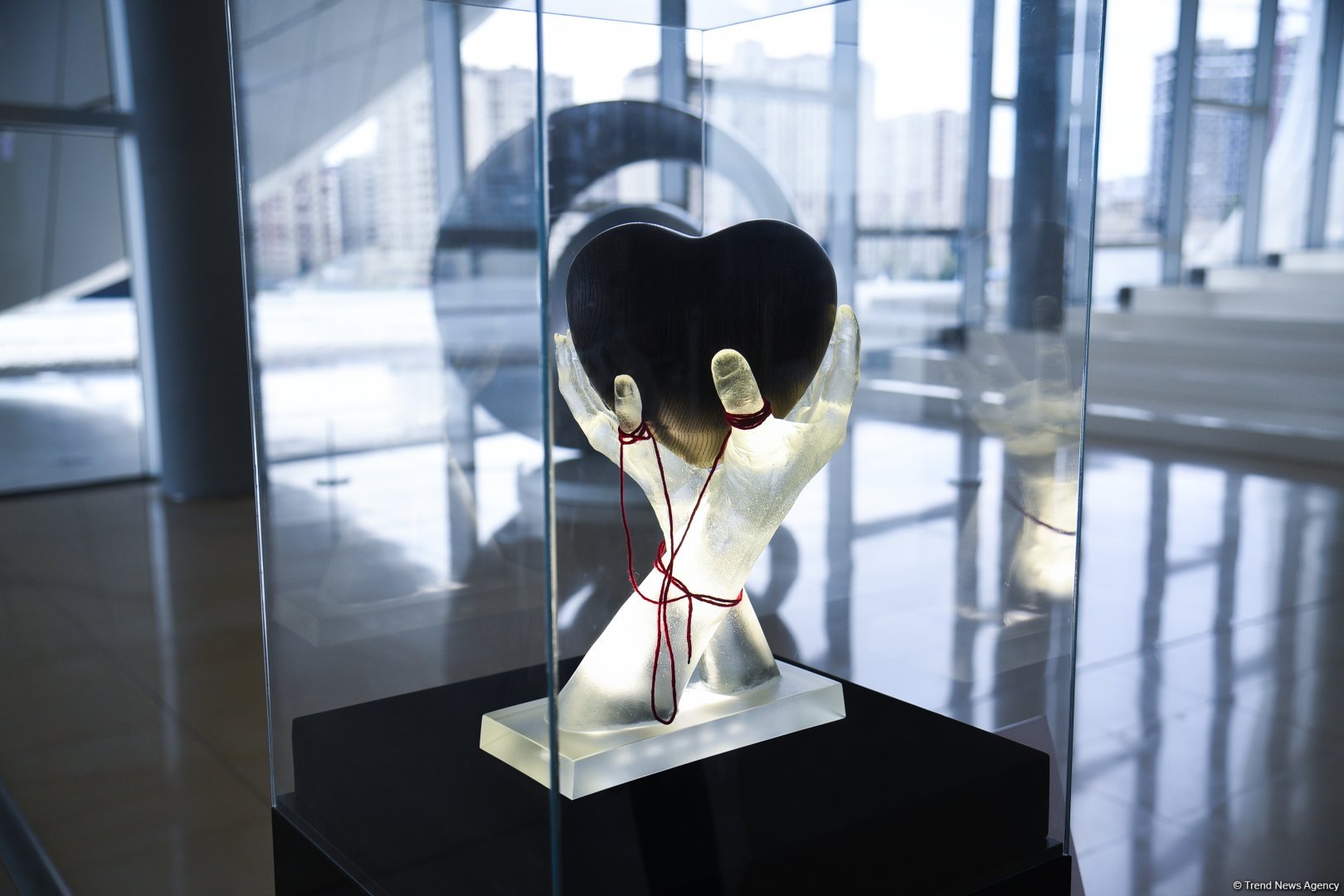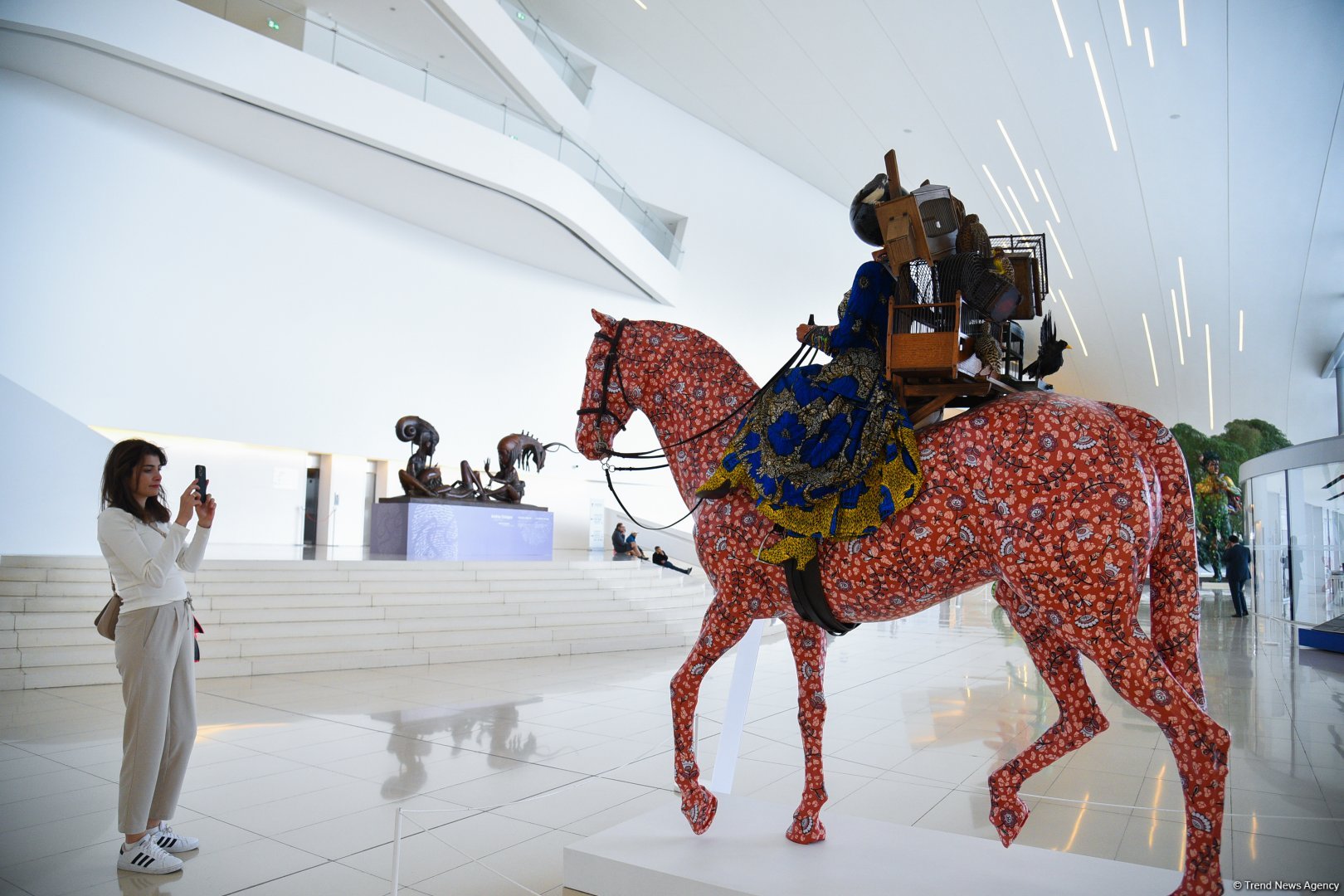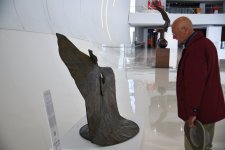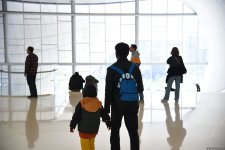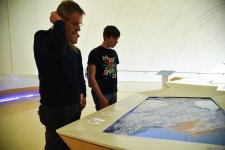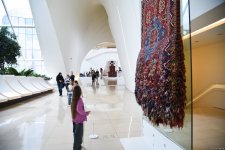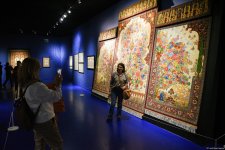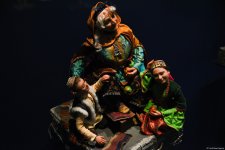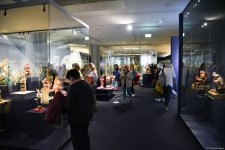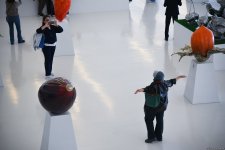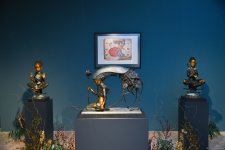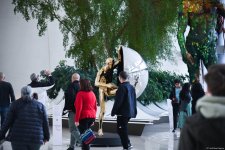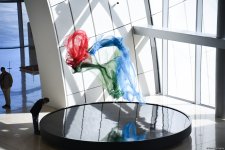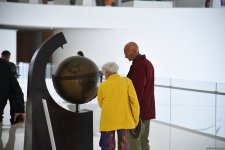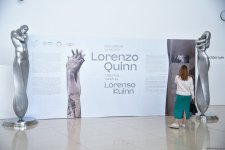BAKU, Azerbaijan, April 28. Imagine stepping onto the snow-white waves of a futuristic building, as if entering another world where art speaks to you, architecture lives and breathes, and each exhibit is a portal to another reality. Some places don't just store art; they become a part of it. The Heydar Aliyev Center is one of them. As soon as you cross the threshold of this architectural marvel, it's as though you enter a different world — smooth, fluid, as if the space itself dances and flows from one era to another.
Welcome to the Heydar Aliyev Center, the cultural heart of Baku and one of the most recognizable symbols of Azerbaijan.
The Heydar Aliyev Center, located in the heart of Baku on Heydar Aliyev Avenue — named after the Great Leader — was designed by the world-renowned architect Zaha Hadid and is among the masterpieces of world architecture. It has become a symbol of the unity of different eras in the country's history and daily attracts thousands of visitors with its unique appearance, original architectural solutions, and the almost complete absence of straight lines, reflecting the endless movement forward and the continuity of the country's past and future.
Seeing the temporary and permanent exhibitions presented on several floors here is a true delight, as unique works and exhibits are revealed before your eyes.
Now, let's embark on an exciting tour through the Heydar Aliyev Center and explore some of the exhibitions.
Upon entry, we are greeted by the sculpture of a seated Angel with outstretched wings, gazing from a high pedestal, from "The Reconstruction of Being" works of Mexican artist Jorge Marin. This peculiar angel acts as the guardian of the center! Immediately following, we encounter New York-based artist Daniel Wurtzel's "Air Fountain — Dance of the Kalaghayi" installation, created using air whirlpools and fabric. The use of the colors of the Azerbaijani flag and Kalaghayi ornaments in the piece makes the dance even more captivating.
The freedom of flight continues with the work by UK artist Yinka Shonibare's "Feeling Free Like a Bird" work, where a woman on horseback carries with her disappearing species of African birds liberated from cages. Instead of a human head, there is a globe. This installation, dedicated to the issue of climate change, delivers a message to society through art.
Japanese artist Yayoi Kusama's "Flowers That Will Bloom Tomorrow" creative piece that resembles a gigantic psychedelic flower that could have appeared in Alice’s dream while falling down the deepest well of the subconscious. It is simultaneously very childish, almost garish, yet at the same time, it is eerily anthropomorphic — not a flower, but something like an armored creature.
The exhibitions in the halls are united by several themes, but the history and culture of Azerbaijan are undoubtedly the main focus.
Therefore, let's take a tour through the glorious history of Azerbaijan. The Heydar Aliyev Center hosts an interactive Heydar Aliyev Museum, dedicated to various years of the great leader’s life and activity during the Soviet era, his work in the security services, and his role as head of the republic and president of independent Azerbaijan. The museum features photo and video materials, personal items, and documents of Heydar Aliyev. It also highlights the key events in the country’s history and its achievements in various fields — the installations are accompanied by audio in English and Russian. One of the most intriguing exhibits is the service vehicles of Heydar Aliyev during his leadership of Azerbaijan from 1969 to 2003, including models like the Chaika, ZIL, Mercedes S500, and Mercedes S600 SEL.
The fantastically beautiful exhibition "Azerbaijani Carpet – Dance of Patterns", created with the support of the Heydar Aliyev Foundation, is aimed at preserving, developing, and promoting the national spiritual values and cultural heritage of Azerbaijan.
The carpets presented here breathe new life into the ancient Azerbaijani art and are very interesting to visitors as unique works of art. Each of these works conveys its message to the viewer through patterns and ornaments. The carpets, dyed with natural dyes, are woven from silk and wool, with 170 colors and shades used! When creating these carpets, the inexhaustible source of inspiration was the landmarks of Azerbaijan, natural patterns, the rich flora and fauna, Shabaka [windows filled with coloured glass, created by Azerbaijani folk craftsmen from small wooden parts without glue and nails], embroidery, and exquisite jewelry. The endless intertwining of patterns, the flight of creative imagination, and high craftsmanship — this is what Azerbaijani carpet art is about. All this magnificence must be seen with your own eyes.
There is also an interesting exhibition titled "Mini-Azerbaijan", where miniature copies of the best historical and architectural landmarks of the country are displayed. And for car enthusiasts, a unique collection of vintage cars is presented.
Do you want to receive real aesthetic pleasure? You must visit the "Doll in Art" exhibition — a collection that has been gathered by the Heydar Aliyev Foundation over 10 years! The magnificence knows no bounds! It’s like entering a real fairytale! Here, works by 60 sculptor artists from 16 countries, including Azerbaijani artists, are displayed. All works are original, handmade, and also demonstrate the richness of our culture, history, and the development of fine arts. Alongside traditional dolls made of porcelain, paper, plastic, wood, and fabric, the exhibition also features exhibits created using modern technologies. The exhibition allows one to explore the history of clothing, humorous and festive images, the inhabitants of old Baku, fairytale heroes, and many other exhibits.
Now, let’s move on to the large exhibitions of world masters.
The exhibition of Nigerian sculptor Dotun Popoola, "Revived Beauty", resonates with the theme of the environment and climate change. The sculptor created his works not from traditional materials, but from metal parts that had turned into industrial waste. The artistic presentation reflects a call to protect the climate through images of people, animals, vehicles, and so on. These works are a tribute to human imagination, which can create beautiful works of art from "nothing," turning waste into something valuable. The craftsmanship of the sculptor and the creativity of the works are truly stunning!
The Belarusian sculptor Andrei Ostashov's "The Secret of the Rose" exhibition is dedicated to the emotions of humans, the beauty of the inner world of women and men. "The rose is a flower that protects itself, but inside it is a delicate being," says the leitmotif of this aesthete-philosopher, who believes that in this flower, both outer beauty and spiritual depth, inaccessibility and grandeur, strength and sensitivity are encapsulated. The sculptor boldly uses Eastern household items and applied art, images of samurai and animals, mythical heroes, and shamans in his works of stone and bronze. The exhibition takes us on a deep and beautiful journey into our inner world, to reveal the meaning of the exhibits and become participants in this process.
An important place at the Heydar Aliyev Center is also dedicated to Italian masters.
The concept of the exhibition "Balance in Nature" by Lorenzo Quinn is based on the understanding of the environment and the idea of caring for nature. Unique is his composition "My Heart Belongs to You", created from exquisite Bohemian crystal and a 6,500-year-old oak (!), and first exhibited at the Heydar Aliyev Center. Lorenzo Quinn is best known for his expressive depictions of human hands, but this is the first time he has used crystal to create them. This work is considered one of the rare artistic compositions and embodies fragility and refinement, much like the feeling of love itself. The philosophy behind the materials used: the oak represents the durability of relationships, strength, and determination, while crystal represents the fragility of emotions that must always be cherished.
Some works from the exhibition "Lines of the Invisible" by Gianfranco Meggiato are being presented for the first time to the Baku audience. His light tones, shapes, and lines create a unique combination with the building of the Heydar Aliyev Center. He structures his sculptures in such a way that they embody the winding path of a person striving to understand himself and his rich inner world. In his works, the invisible becomes visible. Energy and spirit take the form of matter. Thus, new opportunities for contemplating art open before us.
The exhibition "Gifts of Nature" by Giuseppe Carta features various large sculptures of fruits and vegetables. Some of these works were created specifically for the exhibition in Baku. Among the works are unique, masterfully crafted sculptures and installations of hazelnuts, raspberries, pomegranates, olives, grapes, peaches, and chili peppers. The simplicity of the theme makes the works relatable to the viewer, but they also express the value of nature's gifts. This very feature conveys a universal message through the perspective of art. By promoting humanistic values, the artist reveals a universal symbol of life, hope, rebirth, and growth.
By the way, from May 16, the Heydar Aliyev Center will present an exhibition of works by famous Brazilian artist and sculptor Luiz de Souza titled "Expression of Eternity". The leitmotif of the works in the exhibition is the artist's attitude toward time. The author believes that time flows differently when creating works. In this case, time flows not in a mathematical sense, but in a special way.
So, visit the Heydar Aliyev Center and enjoy the masterpieces!
Stay up-to-date with more news on Trend News Agency's WhatsApp channel








